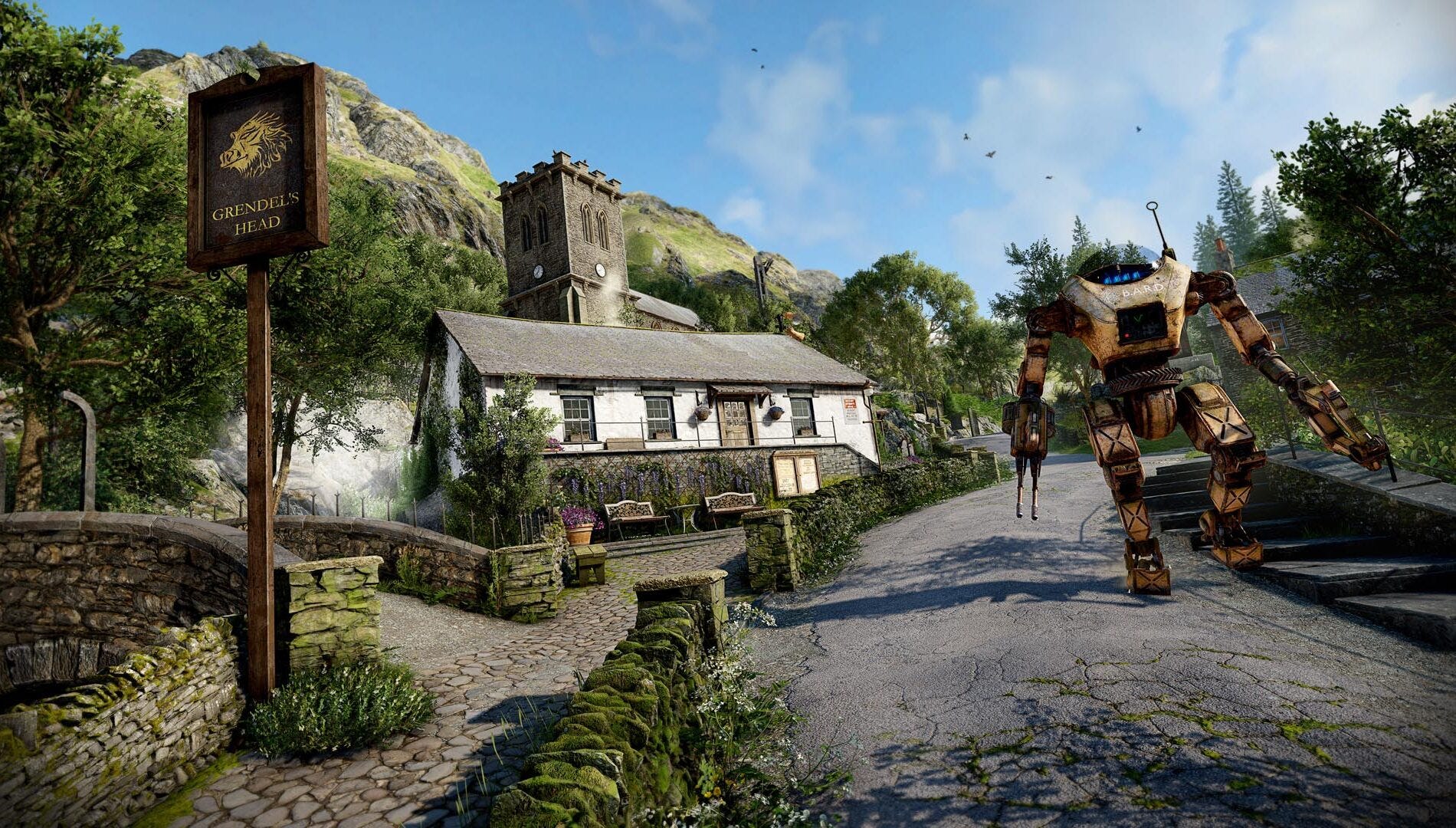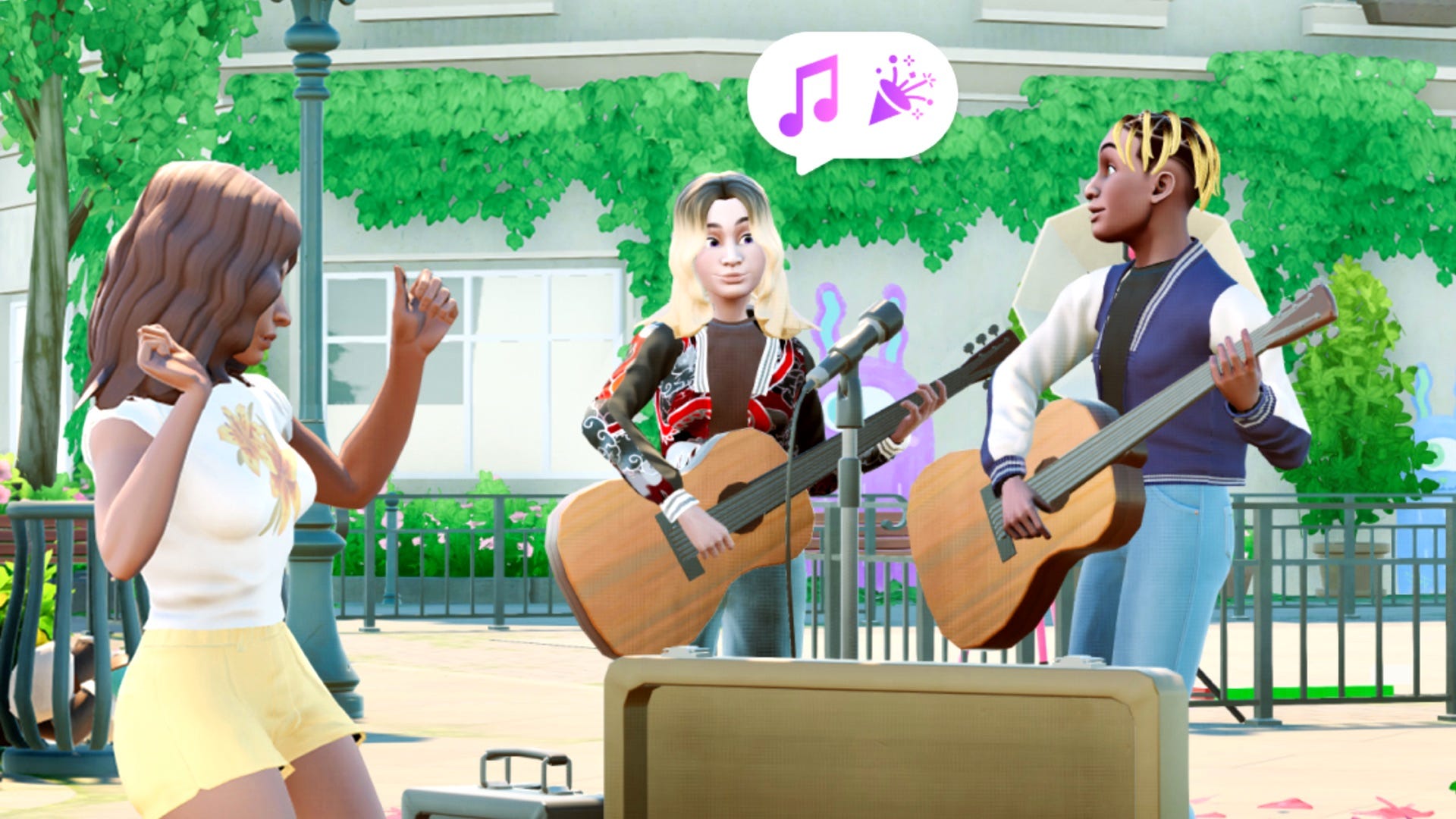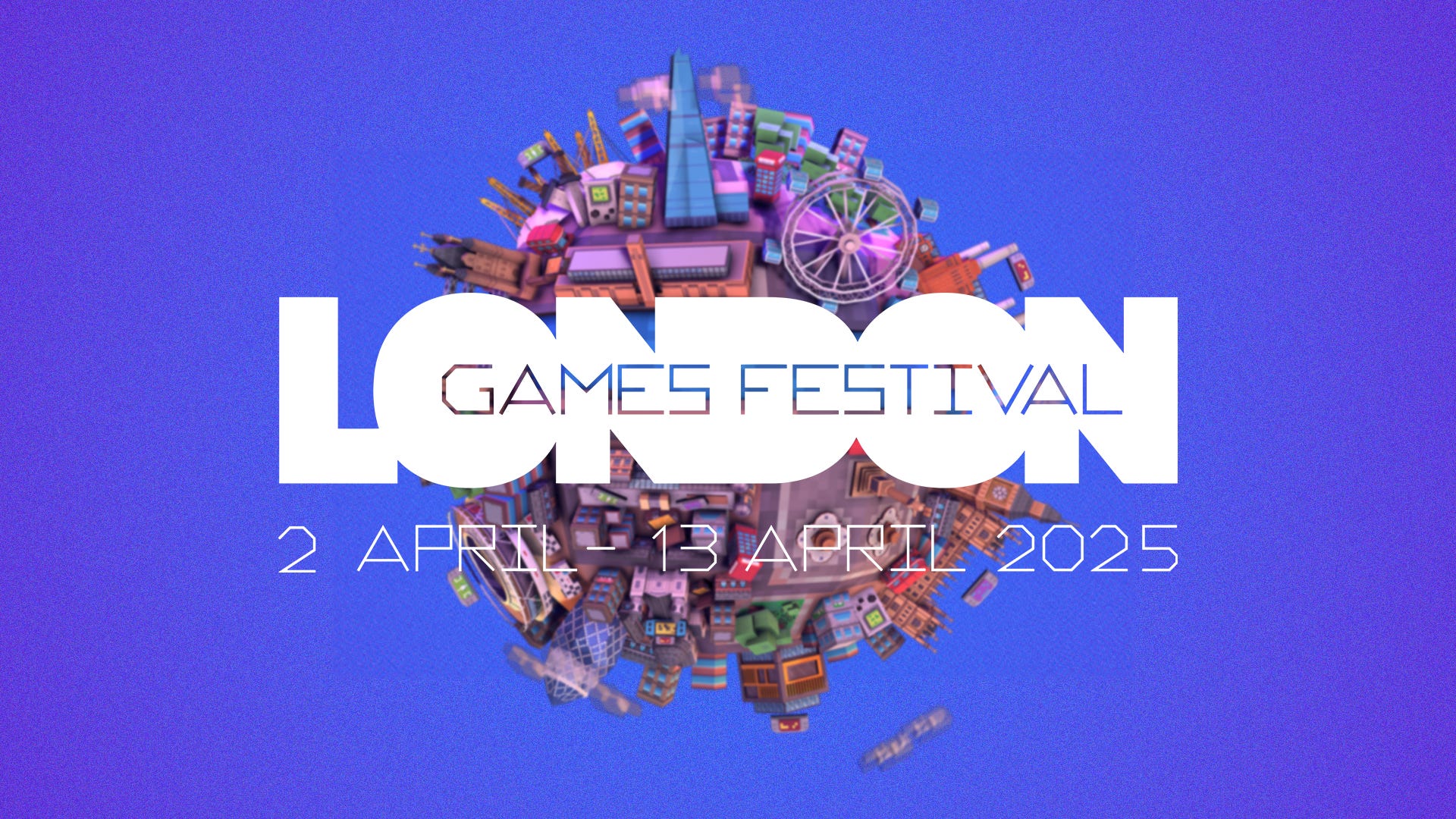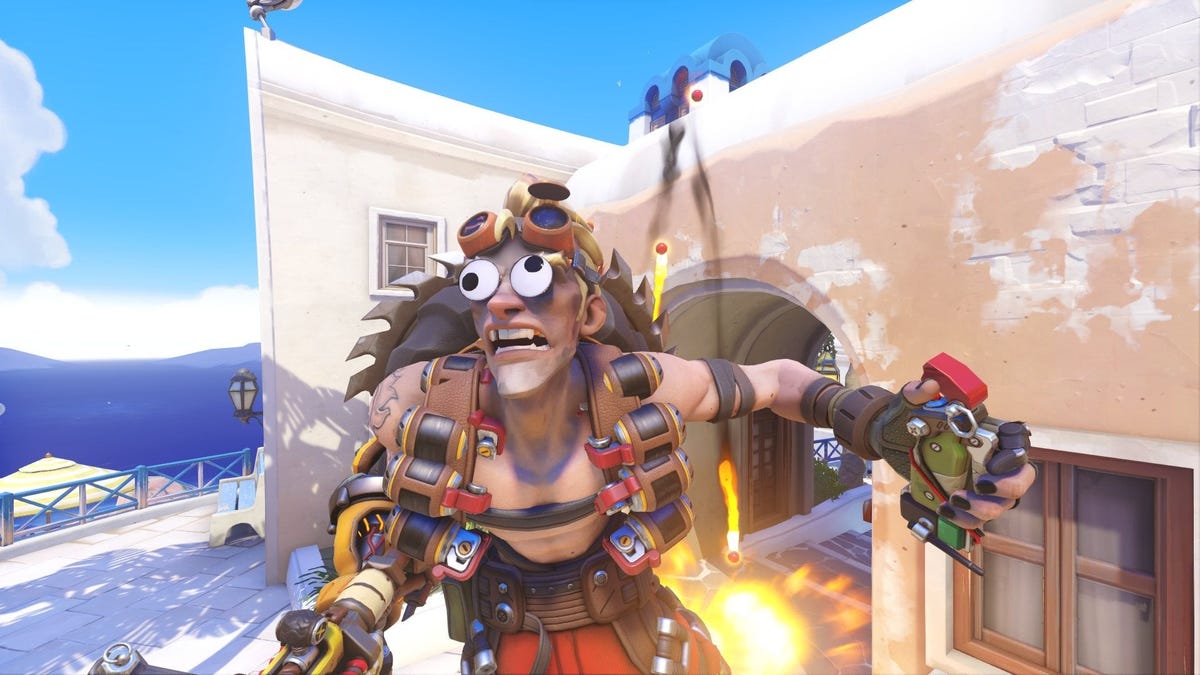My Learning to Be Hired Again After a Year… Part 2
One year later: what I learned still matters The post My Learning to Be Hired Again After a Year… Part 2 appeared first on Towards Data Science.

This is the second part of “My learning to being hired again after a year… Part I”.
Funny enough, those hard days turned out to be some of the most meaningful ones I’ve had. Maybe even more meaningful than my busiest days at work. Because in losing an identity, I found new ones. I didn’t need a job or a title to feel connected. To many of you, I’m just a pretty lazy writer getting back into the groove. And here I am — returning to my writing routine. So, thank you to everyone who reached out. Your messages rank second on my list of happiest things people give me. The first? That’s easy. My daughter Ellie’s three S’s: her smell, her smile, and her surprises.
Enough talk. Let’s get into Part 2. I’ll pick up where I left off — sharing the lessons that helped me get hired again. This time, I’ll also reflect on how those lessons show up in my work and life today. And for those of you curious about the methods from the book Never Search Alone, I’ve got some thoughts on that too. What worked, what didn’t, and how I made it my own.
Knock, Knock: Opportunity’s at the Door — You Won’t Lose a Penny for Trying
A year into working as a Machine Learning Engineer, I can say this was my biggest life lesson.
Here’s the backstory. I’d been working as a data scientist ever since I finished grad school. Over the past 7 years, I’ve built multiple machine learning models, linear regression, neural networks and Xgboost. All solid stuff. But when it came to designing an entire machine learning system from start to finish? That was a different story. I hadn’t really done that. I knew how to develop models, sure. I even had some experience deploying them, but only parts of the process. If you asked me to design, build, and run an entire system end-to-end, I couldn’t say I had that experience.
And the job market? It was changing fast. Companies didn’t want someone who could just build models anymore. Generative AI was handling a lot of the data analysis now. What they really wanted was someone who could take machine learning and use it to solve real business problems, someone who could own the whole process. Meanwhile, I had just been laid off. I had time. So I decided maybe this was the right moment to pivot. Maybe it was time to go for machine learning engineering.
The first thing I did was reach out to people who had already made that move. Two friends said yes. One had gone from data scientist to machine learning engineer. The other was a data scientist, and her husband worked as an MLE at Apple. We ended up having this long phone call for two hours, maybe more. They were kind. And they didn’t sugarcoat anything. Both of them told me it was tough to make the switch. Not impossible, but tough. If you didn’t have MLOps experience or a solid GitHub portfolio to show off, landing a senior MLE job would be really hard. Especially with how competitive things were getting.
That conversation hit hard. I remember feeling my heart pound, like cold water had been poured over my head. I had two options: I could keep chasing data scientist jobs — applied scientist roles at places like Amazon — but there weren’t many out there. Or swallow my pride, let go of seven years of experience as a data scientist and go for an entry-level MLE role. Honestly, neither choice felt great.
It took me two weeks to work through it. Two long long weeks. But in the end, I made up my mind: I’d try for machine learning engineer jobs at least, even if I had to start from the bottom. I got back to my routine and prepped for interviews. During those hard days, I started
No, none of those offers came from FAANG companies. But I’m more than happy with where I landed. It was worth the try.
Even now, writing this, I can still feel that chill from when my friends told me the odds were slim. And I can still laugh at how panicked I was. Just the other day, I spoke with a friend who’s looking to move from data engineering into MLE. I told him the same thing I learned for myself: You can do it. And if you decide it’s worth trying, don’t get hung up on the odds. Even if it’s a 1% chance, why not see if you’re in that 1%? But if you don’t try at all, you’re 100% in the group that never made it.
For me, the takeaway is simple. Don’t be afraid of probabilities. Even 99.999999% is not 100%. If you’re worried about the outcome, stop thinking about the outcome. Just do it for fun, for your mental health, for the chance to live without regrets.
A Year Later: I use this lesson almost every day. I blog shamelessly, pretending I don’t care about if people really read those. I make those awkward customer service calls, just to see if someone on the other end might actually help me. I even buy a lottery ticket now and then when the jackpot tops a billion dollars. Who knows? I might end up in that 0.0000…001%. And you know what? I recently won $12 on a ticket. So yes — it’s worth trying.
Learning During the Struggle: Don’t Beg for Jobs
This was another hard lesson from my “to be an MLE or not to be” chapter.
When I spoke with those two friends, they made one thing clear. If I wanted to become a machine learning engineer, I needed hands-on experience with MLOps (machine learning operations). The problem? In my past roles, I’d either handed off my models to software engineers for deployment or handled just one small part of the system myself. I knew I had a gap. And my first instinct was to fill it by any means necessary. So I figured, why not get involved in some real projects? Something complex. Something I could proudly add to my resume.
Since I was out of work, I had time. I joined MLOps communities on Slack and Discord. I posted about my background, offered to work for free with any startup or team that needed help. Just to get some experience in exchange. The response? Pretty discouraging. Hardly anyone replied. A few did, but they expected me to work 50+ hours a week… for free and without any working plans. I remember sending a message to a PhD student after reading his job posting. I told him how I liked his work and wanted to make his product a reality. He didn’t get back with me. He instead changed his posting to say he was seeking experienced MLEs or someone with a PhD. Ouch.
After a few weeks of all that, I was demotivated and burned out. I was pleading for opportunities and it was clear. It was then that I decided to join a Job Search Council (JSC) (I explained JSC in detail in the part 1). We shared the emotional weight of job hunting every Friday. I slowly started letting go of the tension. And that’s when something clicked. I needed to stop pleading for jobs. Instead, I decided to sell what I had.
I rewrote my resume into two versions, one for data scientist roles and the other for MLE roles. I applied for MLE jobs crazily just to increase the chances. But this time around, I approached it differently. I broke down what the hiring managers were actually looking for in an MLE. I saw how all the model building experience I had acquired had actually taught me on debugging, monitoring, and resolving messy business problems. While I didn’t have a lot of MLOps experience, I wasn’t coming from zero. I had a master’s degree in computer science, I was familiar with software development, and I knew data engineering.
In those MLE interviews, I started highlighting those skills. I explained how I applied machine learning to solve business problems, offered subtle hints about my favorite model-training tricks. I showed hiring managers I knew how it felt to run systems into production. I was honest about where I needed to gain more experience. But I made it clear this wasn’t a cold start.
At some point, I stopped acting like a job-beggar and became a salesperson. I wasn’t asking someone to “please hire me. I’m willing to work more and cheaper”. I was selling something. When a company didn’t hire me, it wasn’t a rejection. It just meant they didn’t need someone like me. Maybe I need to tighten the pitch next time.
This mental shift made all the difference. Negative feedback wasn’t personal anymore. It was just feedback, a little data point I could use to make adjustments. When you ask for something, people think less of you. But when you treat yourself as a product, you’re refining and searching for the right buyers. If there’s a flaw, you fix it. If there are good things, you point them out. And sooner or later, you find your people.
A Year Later: I don’t beg anymore. Not for jobs. Not for opportunities. I exchange. I sell. That mindset has become part of me now. It’s my inner tiny salesperson.
Mock Interviews and the Interview Marathon: Practice Really Does Make a Difference
I’ll be straight with you. Before I started interviewing for machine learning engineer roles after my layoff, I had never really practiced behavioral interviews. Not once in my seven years of working. Sure, I wrote out a few stories using the STAR method, like everyone says you should. But I never practiced them out loud, and I definitely never got feedback. It was like stepping on stage to perform in a play without ever going to rehearsal. I never realized how big a mistake that was, probably because, back when the job market was good, I didn’t have to.
But after the layoff? After spending nearly a year at home because of pregnancy? The market was ice cold. There weren’t many chances, and I couldn’t afford to blow any of them. I had to nail the behavioral interviews. Not just by memorizing my stories, but by actually practicing. For real.
So, I made my husband do mock interviews with me. I sat in one room, he sat in another, and we jumped on Zoom like it was the real thing. Poor guy — he’s been at the same job since forever and works in a totally different field, but there he was, asking me random behavioral questions. At first, I didn’t think it was going to help. I figured he didn’t get what I did anyway. But when I started answering with my “well-crafted” stories, something surprising happened. I got nervous. And wordy. Way too wordy.
And then he cut me off. Not gently, either. He told me straight up: I was spending way too much time talking about the background. The company, the project, all the setup. He said by the time I got to the part about what I actually did, he had already tuned out. You know what? He was 100% correct and I’d never noticed it before. I never thought about how much time I was wasting on details that didn’t really matter to the person listening.
After that, I went back through my stories. Almost all of them had the same problem. Too much setup, not enough focus on action and results. Honestly? I was grateful for his brutal feedback. It was a little embarrassing, but I wished I’d done mock interviews like that years ago.
From then on, I decided to practice a lot more. With my new MLE resume ready, I started applying like crazy. Interviews came in, and instead of trying to avoid them, I leaned in. Earlier in my career, I was the kind of person who’d grab the first offer just to escape the stress of interviewing. Selling myself has always made me a little panicky. After all, I’m an introvert. But this time, things were different. The book Never Search Alone and those early mock interviews changed my mindset. (I’ll talk more about the book and why it prevents me from rushing out of the interview process later.)
So I gave myself time. I said yes to almost every interview I could get. At one point, I interviewed with four companies over three days. It felt like a marathon, but somewhere along the way, I got good at telling my story. I watched how the interviewers reacted. I collected feedback from the process. And something strange happened: I stopped caring so much about the results. Whether I got a yes or a no didn’t shake me anymore. I wasn’t just interviewing to get a job. I was practicing to get the job I really wanted.
By the time I had three offers on the table and finally chose the one I liked, I knew I was done. That was my finish line. It felt like I’d run the full race and actually won the prize I wanted not the one I settled for.
Seriously, I can’t say this enough: KEEP interviewing. Back-to-back if you can. Do mock interviews with whoever you trust, even if they aren’t in your field. Practice until you’re less worried about the outcome and more focused on getting better.
A Year Later: It’s hard to say how much of those interview skills I still have in me now. But if I ever need to practice again, you better believe I’ll be dragging my husband back into another round of mock interviews. Maybe even for business presentations. He’s a tough crowd, but he gets results :]
Panic Mode? Deep Breath, the Show Must Go On
During my interview marathon, I started noticing something that completely threw me off. Some interviewers looked… disappointed. Others seemed bored. And me? I cared. A lot. Probably too much. Every time I saw a face that wasn’t smiling or nodding, I panicked. In my head, I’d hear this loud voice saying, “Amy, you’re blowing it.” And once that thought crept in, it was over. My brain and body would scramble to fix the situation, so I’d start talking faster, throwing out more words, hoping to change their minds. I wanted to come across as sharp and impressive. But the truth is, I probably looked like a nervous, rambling mess.
My husband confirmed it after one of our mock interviews. He didn’t sugarcoat it. “You’re not even looking at the camera,” he said. “And you seem really tense.” Again, he is the right.
For an introvert like me, fixing this wasn’t easy. But I found two things that helped. So I will share it here.
The first was simple: breathe. Every time I spotted what I thought was a bad reaction, a frown, a yawn, that blank expression that felt like doom, I forced myself to pause. I took a breath. And instead of rushing to say more, I slowed down. Sometimes I even cracked a cold joke. (I’m surprisingly good at bad jokes. It might be my secret talent.) Then I’d apologize for the joke, take another breath, and move on. That little reset worked in two ways. First, it quieted the voice in my head screaming “You’re ruining this!” Secondly, it made the interviewer’s expression change. Maybe they smiled and got the joke. Maybe they just looked confused and didn’t like it. But at least they weren’t bored or disappointed anymore. I’ll take that.
The second thing I did was tape a picture of my daughter right behind the camera. Her big, shiny smile was right there, and every time I glanced at it, I smiled too. Which, by the way, made me look more relaxed and human on camera. Sometimes the interviewer smiled back, and just like that, the energy shifted. I wasn’t panicking anymore. I was back in control. The show was back on.
I started thinking of myself as a salesperson. Or maybe a showman. What do they do when the audience looks tired or distracted? They keep going. They adjust. They bring the energy back. If you’re like me, someone who takes those reactions personally, you need to have a plan. These were my two tricks. You’ll probably find your own. But the point is: don’t panic. Pause. Breathe. No one will notice. And then, get back to the show.
A Year Later: Honestly, this might be the most important skill I picked up during that tough year. I still use it all the time at work. When I’m presenting my work to a room full of people, I slow myself down. I picture myself in a fancy tailcoat, like an old-school showman, selling my ideas to the audience. Sometimes I throw in one of my classic cold jokes to keep things light.
When I wrap up a presentation, I make sure to give people something easy to take with them. I’ll say, “If you’re heading out and want one thing to remember about this project, here’s the punchline.” Then I boil it down to one or two sentences and say it clearly. Loud enough to stick.
I even use this trick in regular conversations, especially the awkward ones. A little pause makes everything less uncomfortable. And more often than not, things turn out better after that moment to reset.
Do the Mnookin Two-Pager exercise: How I Found a Job That Actually Fit Me
I keep mentioning the book Never Search Alone, and there’s a reason for that. When I first heard about it, I was skeptical. As an introvert, the idea of joining a group of strangers to talk about job hunting made me extremely uncertain and nervous.
My first group didn’t go well. There were five of us, but two people refused to follow the process. They were often late or skipped meetings entirely. It was frustrating, and I almost gave up. Instead, I found another group through the Slack community. That time, it clicked. We met every Friday, and kept each other accountable. We helped one another stay sane through the search. It made a huge difference. If you want to know more about how the JSC (Job Search Council) helped me, I wrote about it in part one of this story.
Looking back, another useful thing the book offered was the Mnookin Two-Pager exercise. You sit down and write out what you love in a job, what you hate, and what your career goals are. Simple, but surprisingly powerful. It forced me to get honest with myself. Without it, I probably would have grabbed the very first offer and rushed out of the market, just to be done with it. I’ve done that before. And regretted it.
This time was different. My two pager list kept me grounded. I knew what I wanted and where I wasn’t willing to settle. That’s how I ended up at Disney. The role hits about 85% of what I was hoping for. More importantly, it steers clear of every red flag on my “hard no” list. A year later, I’m still glad I took the time to figure out exactly what I was looking for before saying yes to anything.
Finally! We Made It to the End.
I’m so glad I finally sat down and finished this. Honestly, I’m the kind of person who thinks a lot. But writing things out like this helps me clear my head and hold on to the lessons I actually want to keep.
If you’ve enjoyed reading this, and you want to read more stories from me, or you just want to smile at how bad my jokes are, 

The post My Learning to Be Hired Again After a Year… Part 2 appeared first on Towards Data Science.




















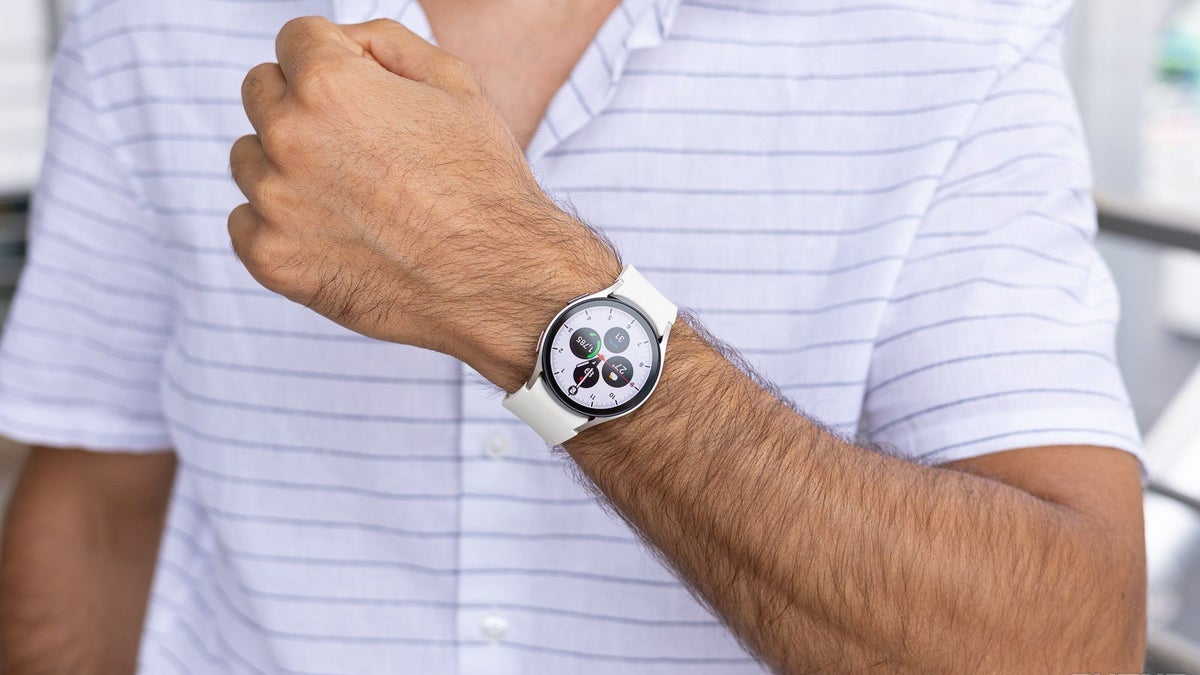
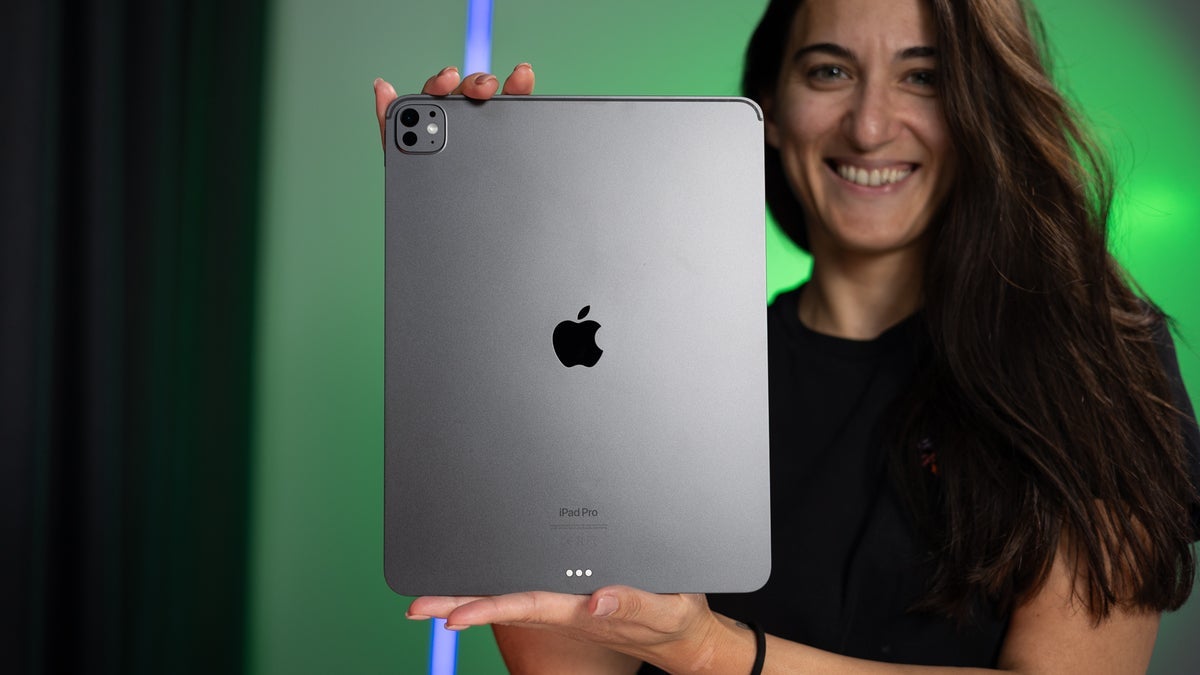




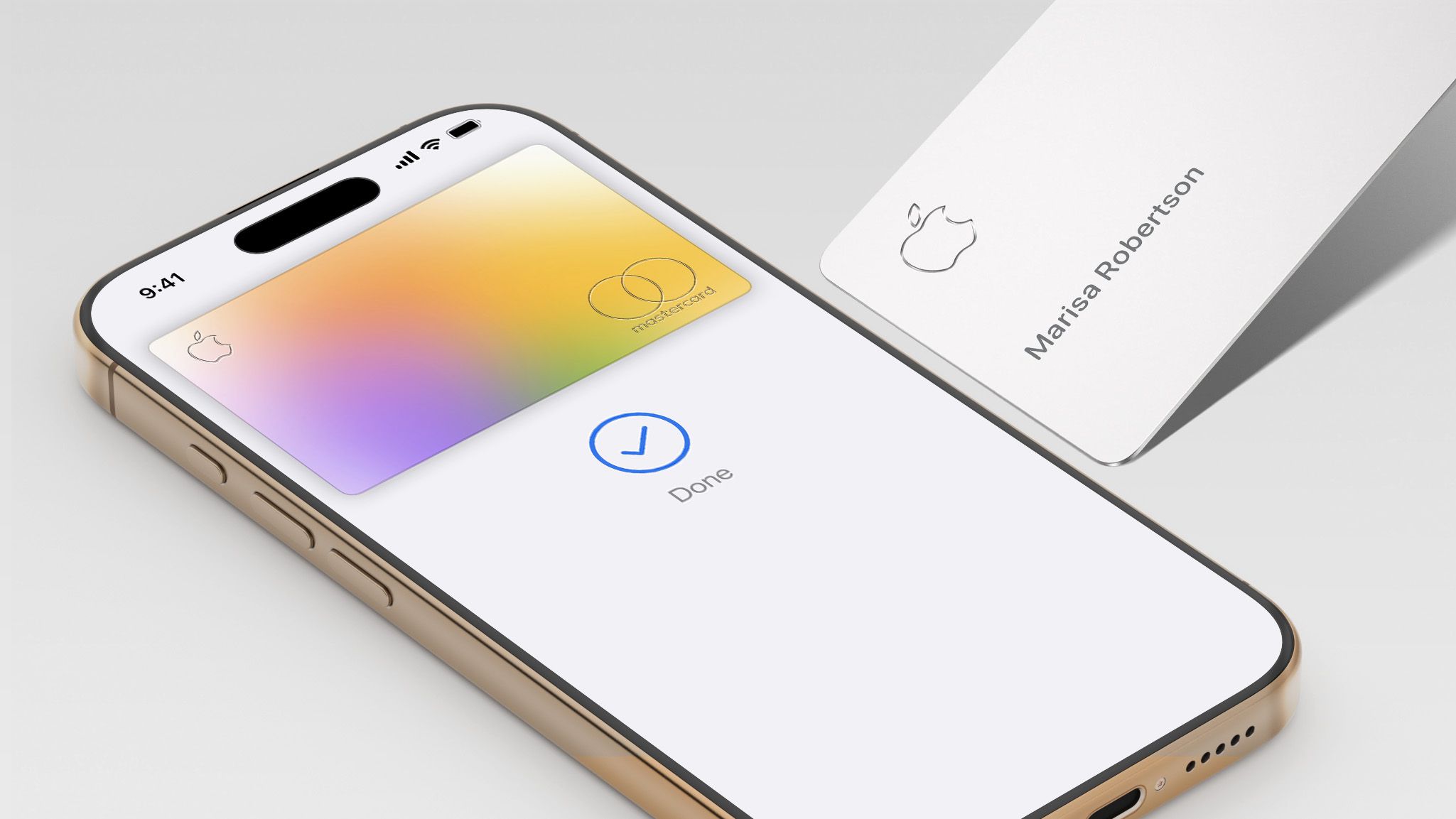


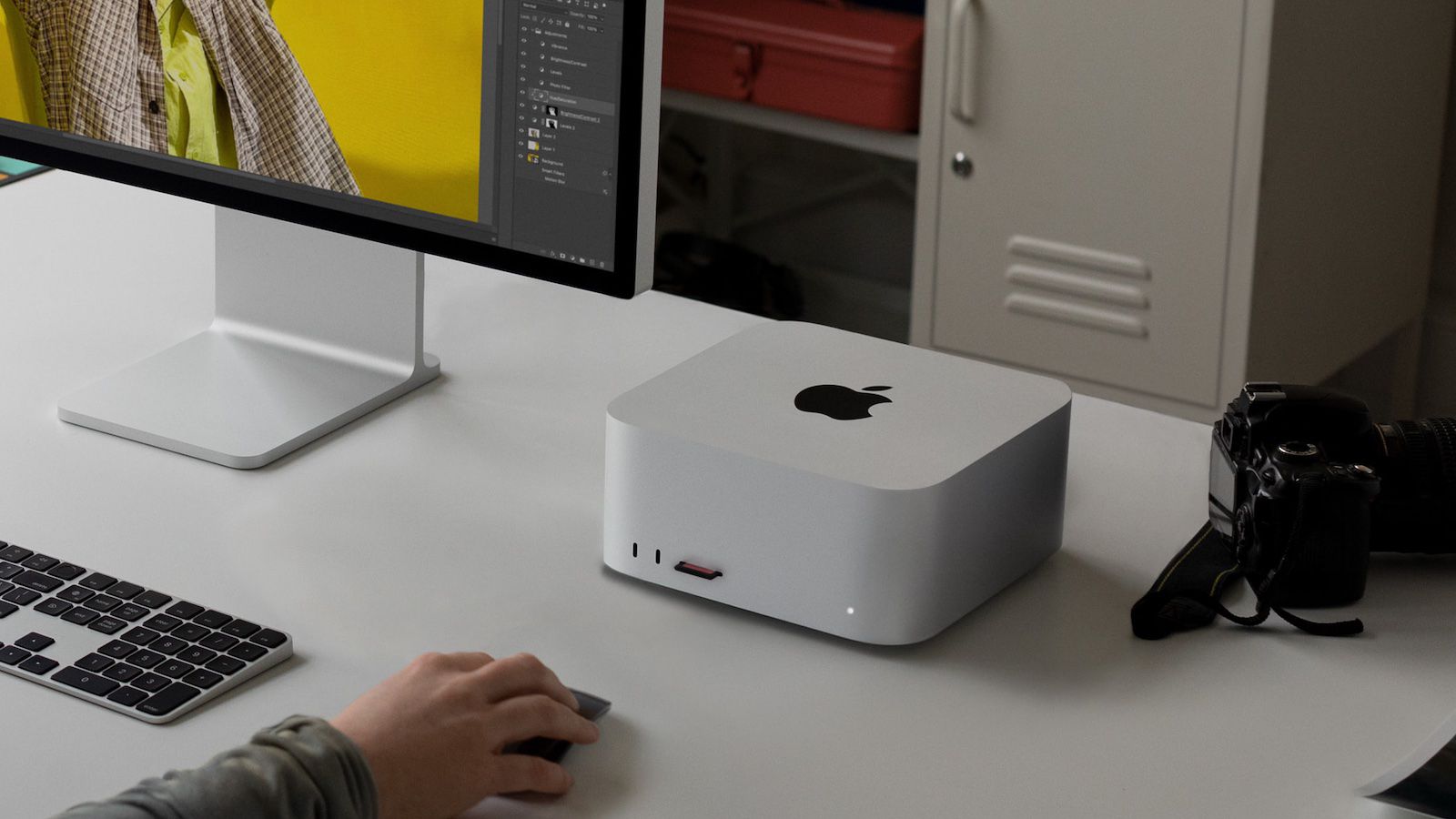












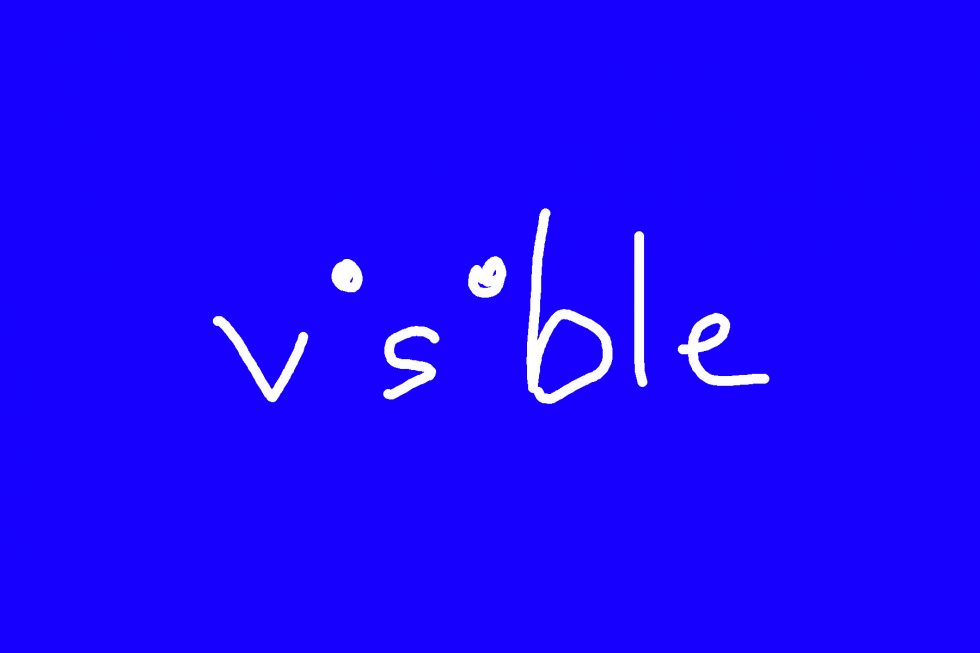

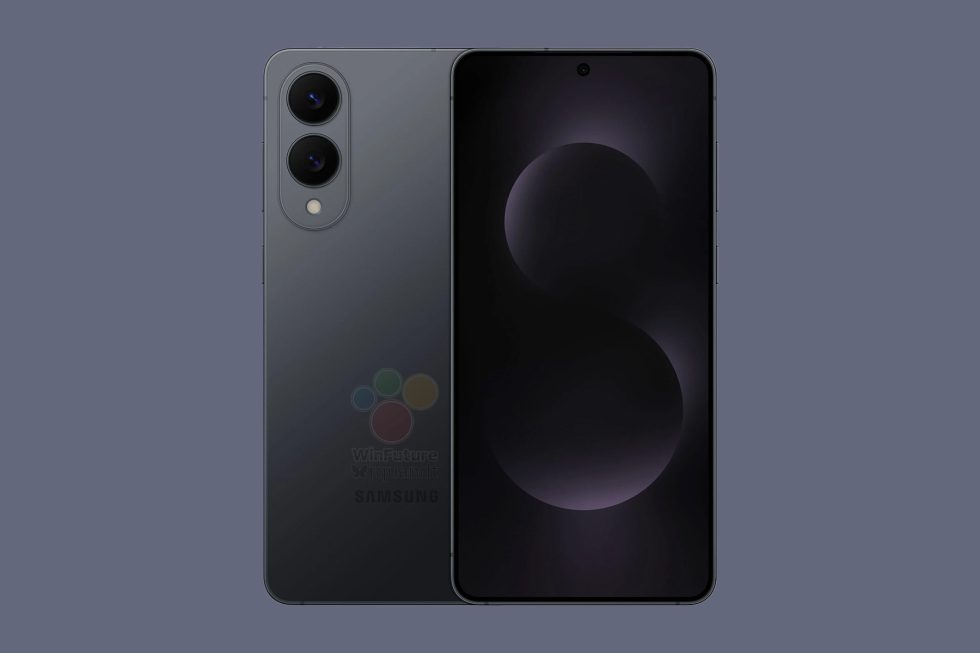

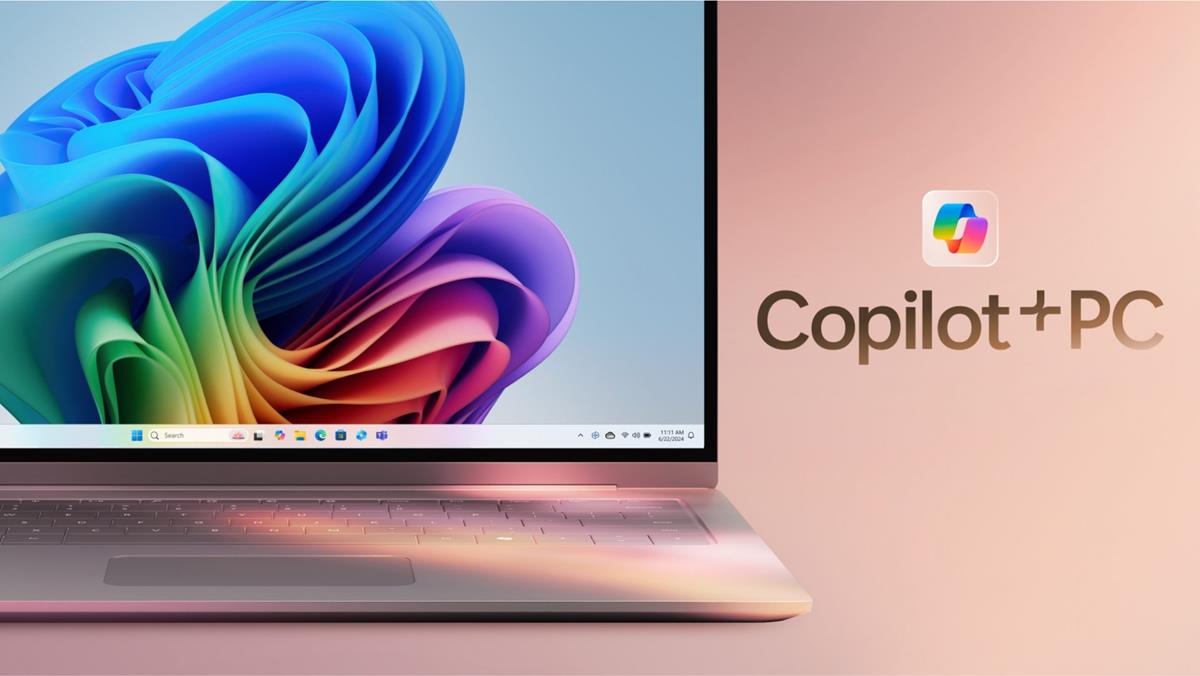
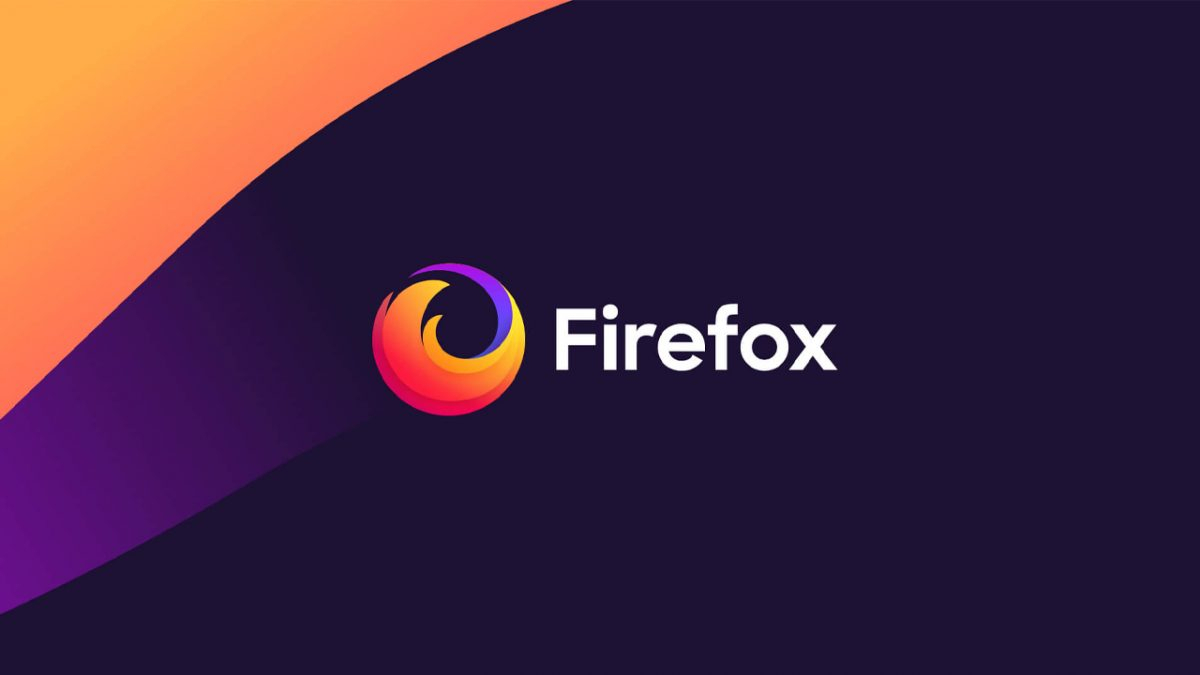



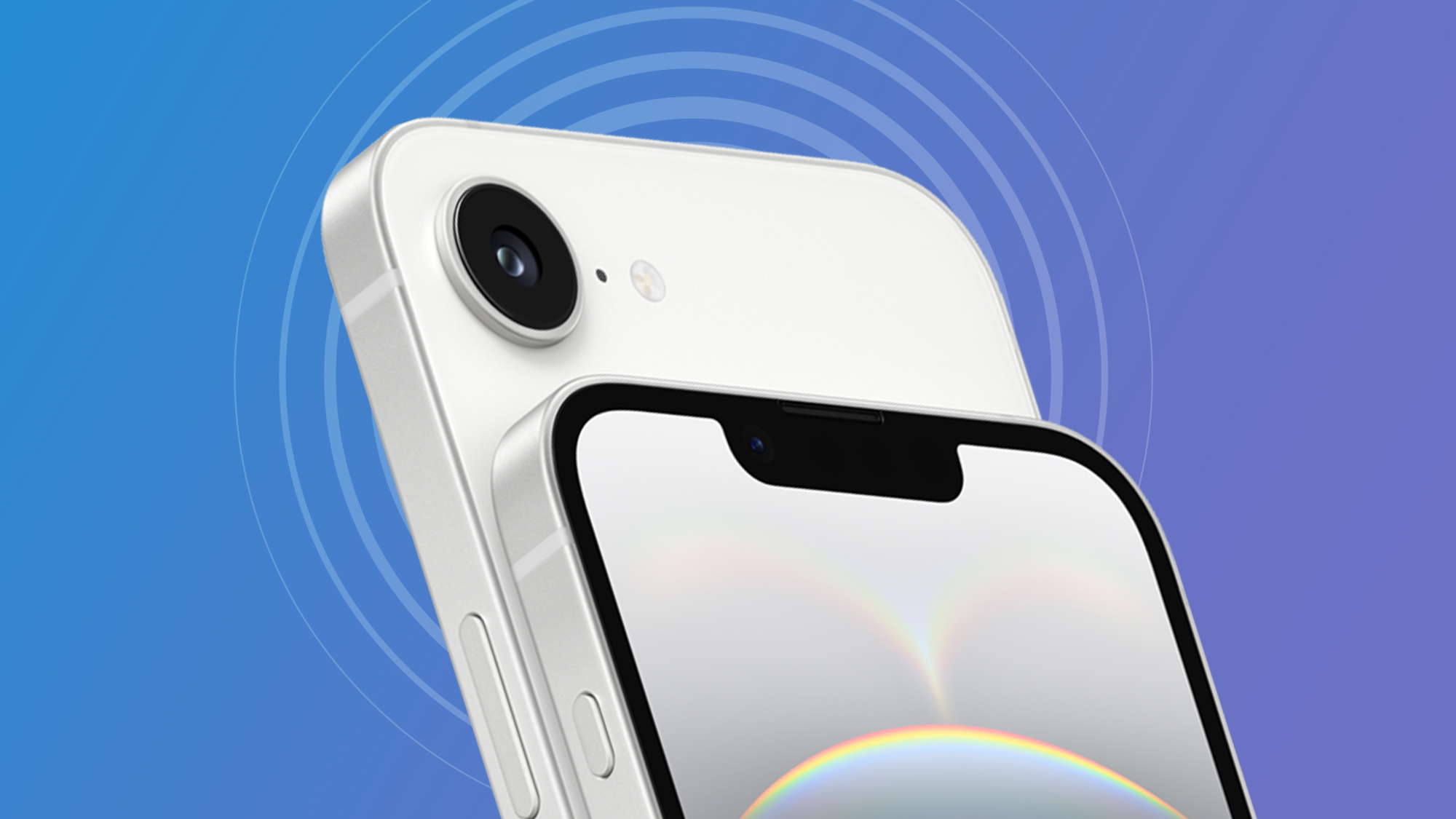
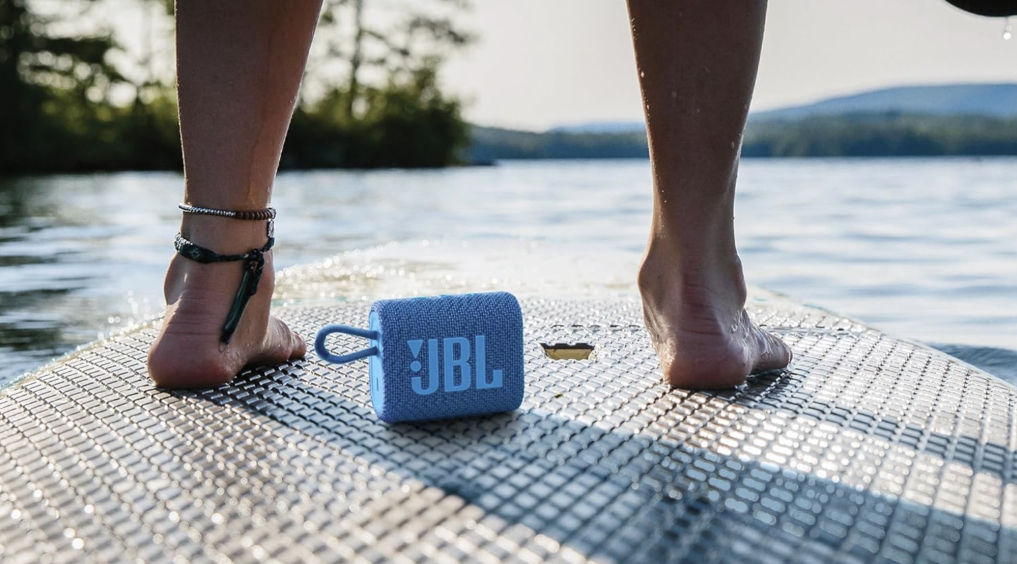
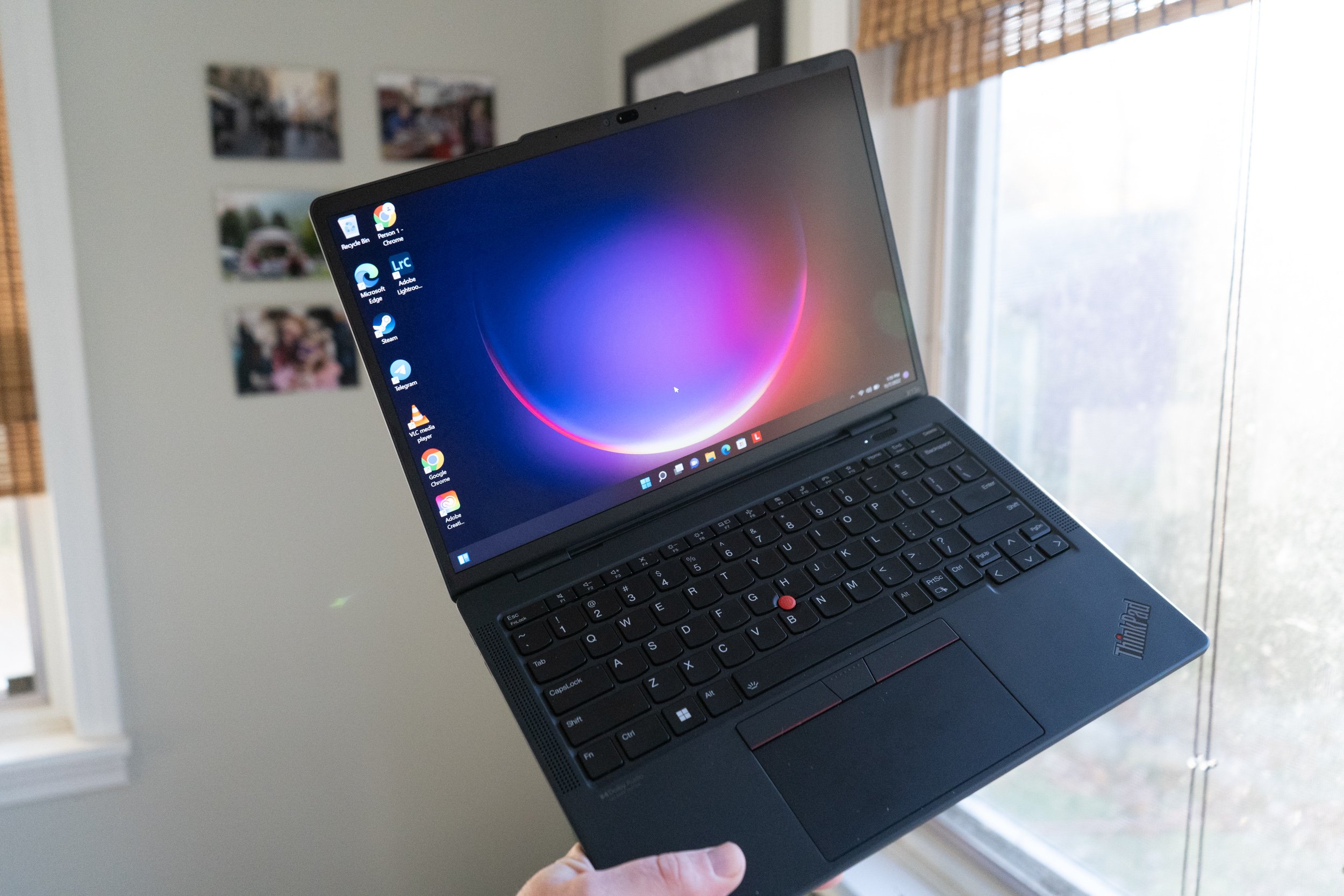










![Nomad Goods Launches 15% Sitewide Sale for 48 Hours Only [Deal]](https://www.iclarified.com/images/news/96899/96899/96899-640.jpg)


![Apple Watch Series 10 Prototype with Mystery Sensor Surfaces [Images]](https://www.iclarified.com/images/news/96892/96892/96892-640.jpg)
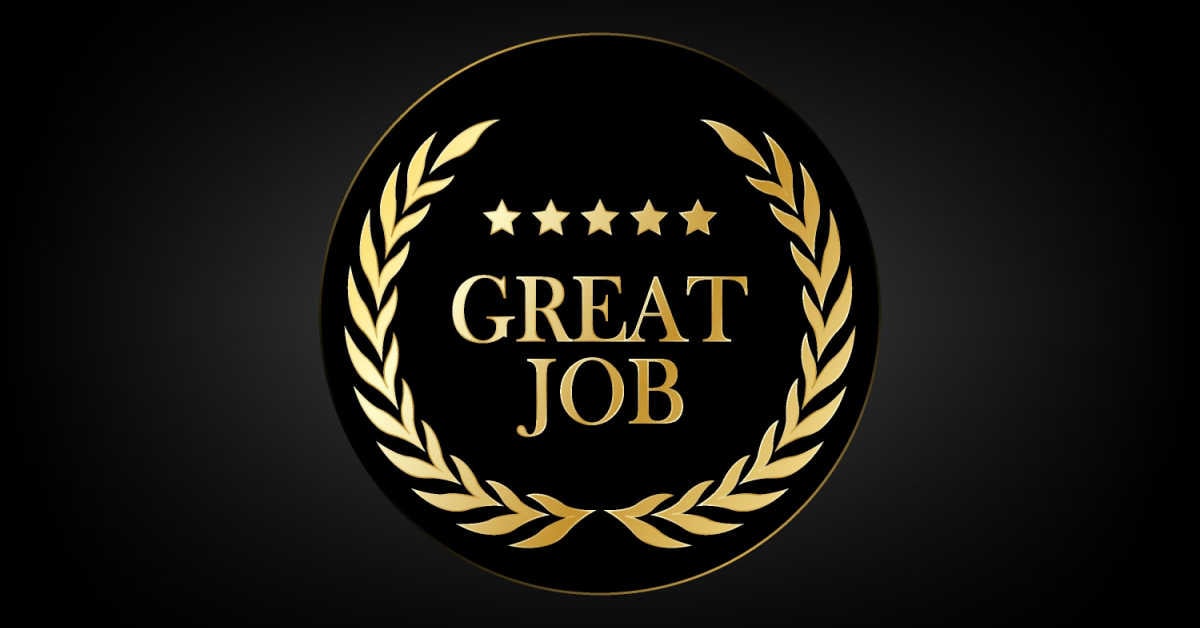

















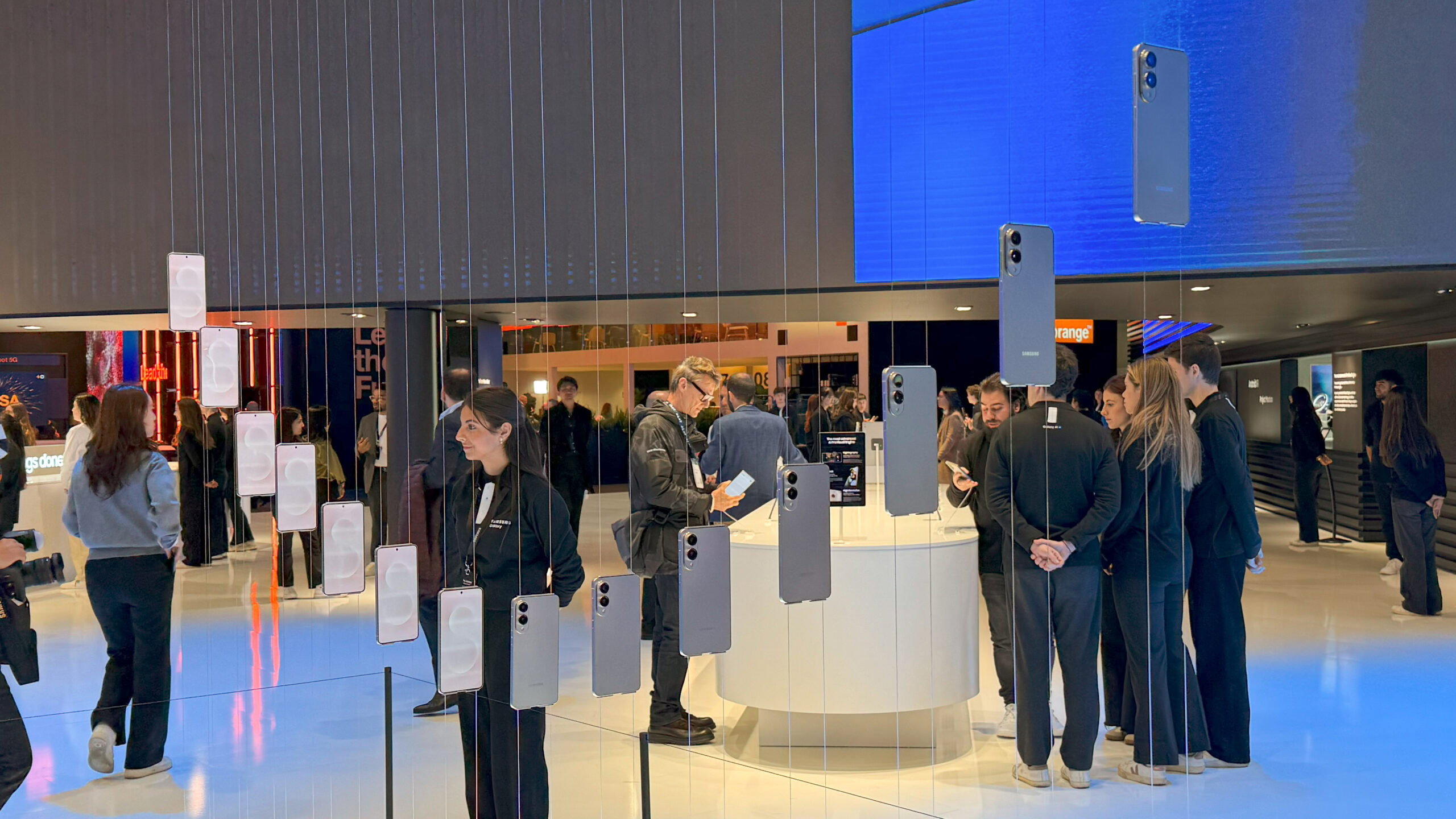
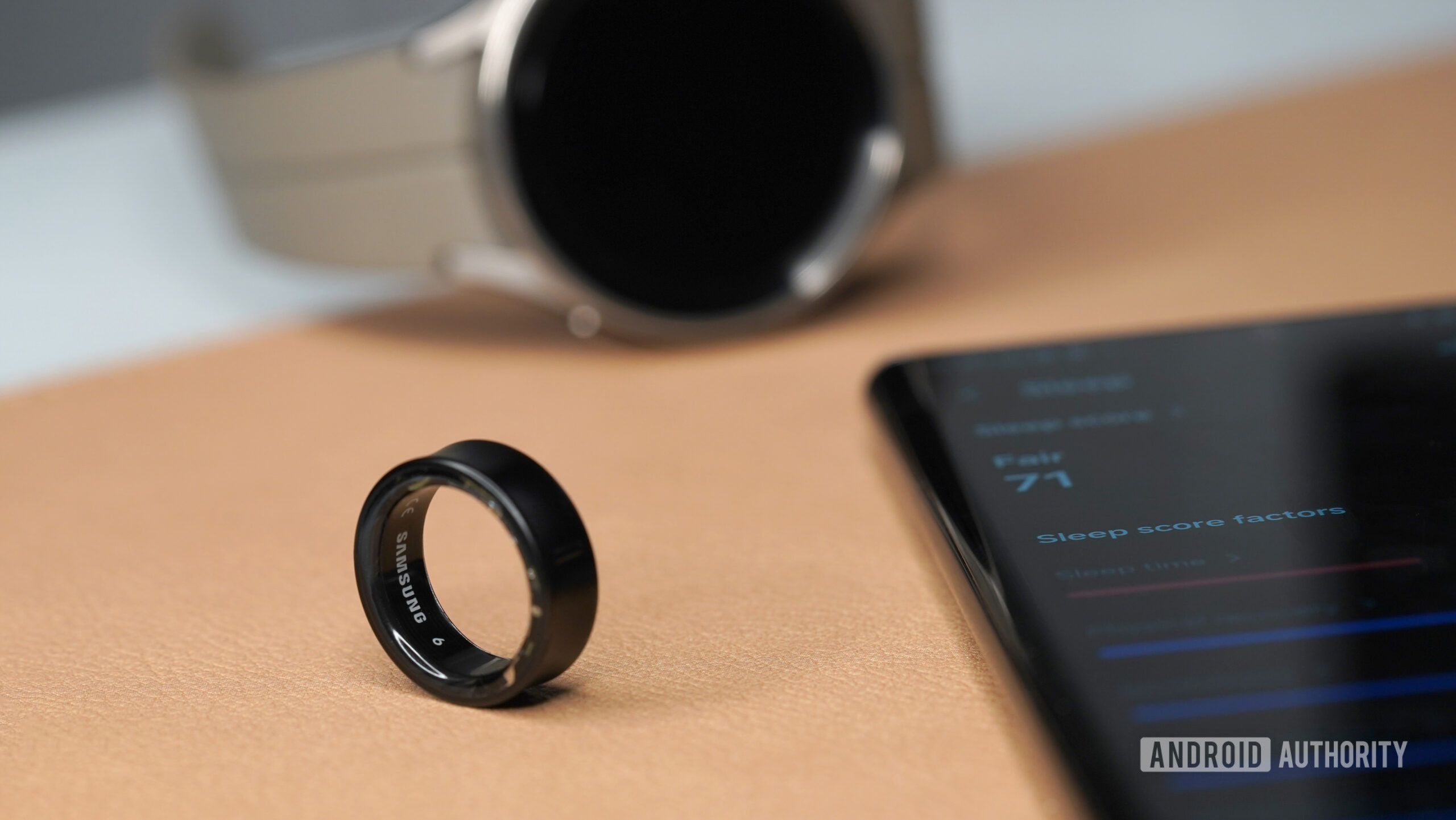
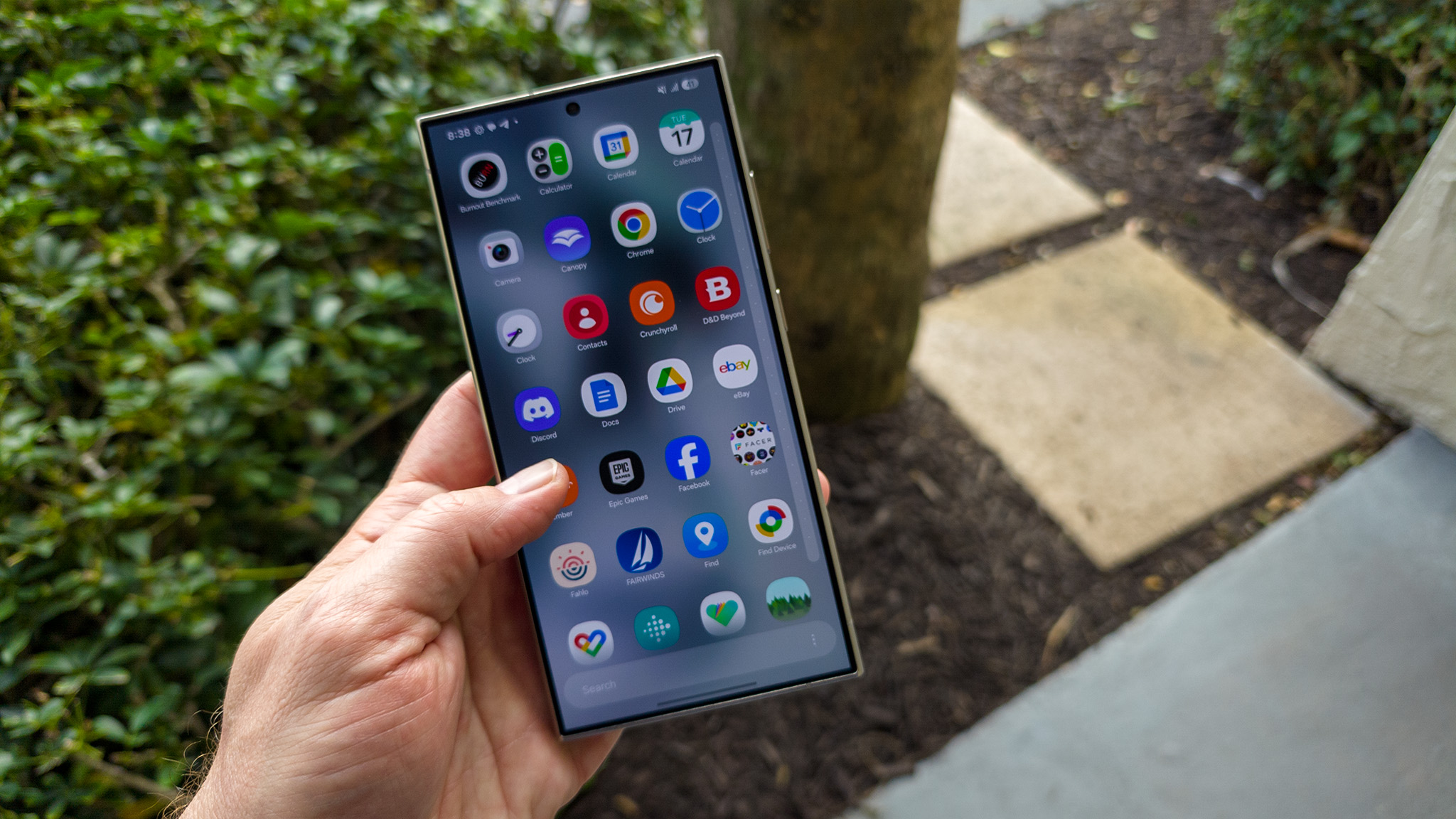
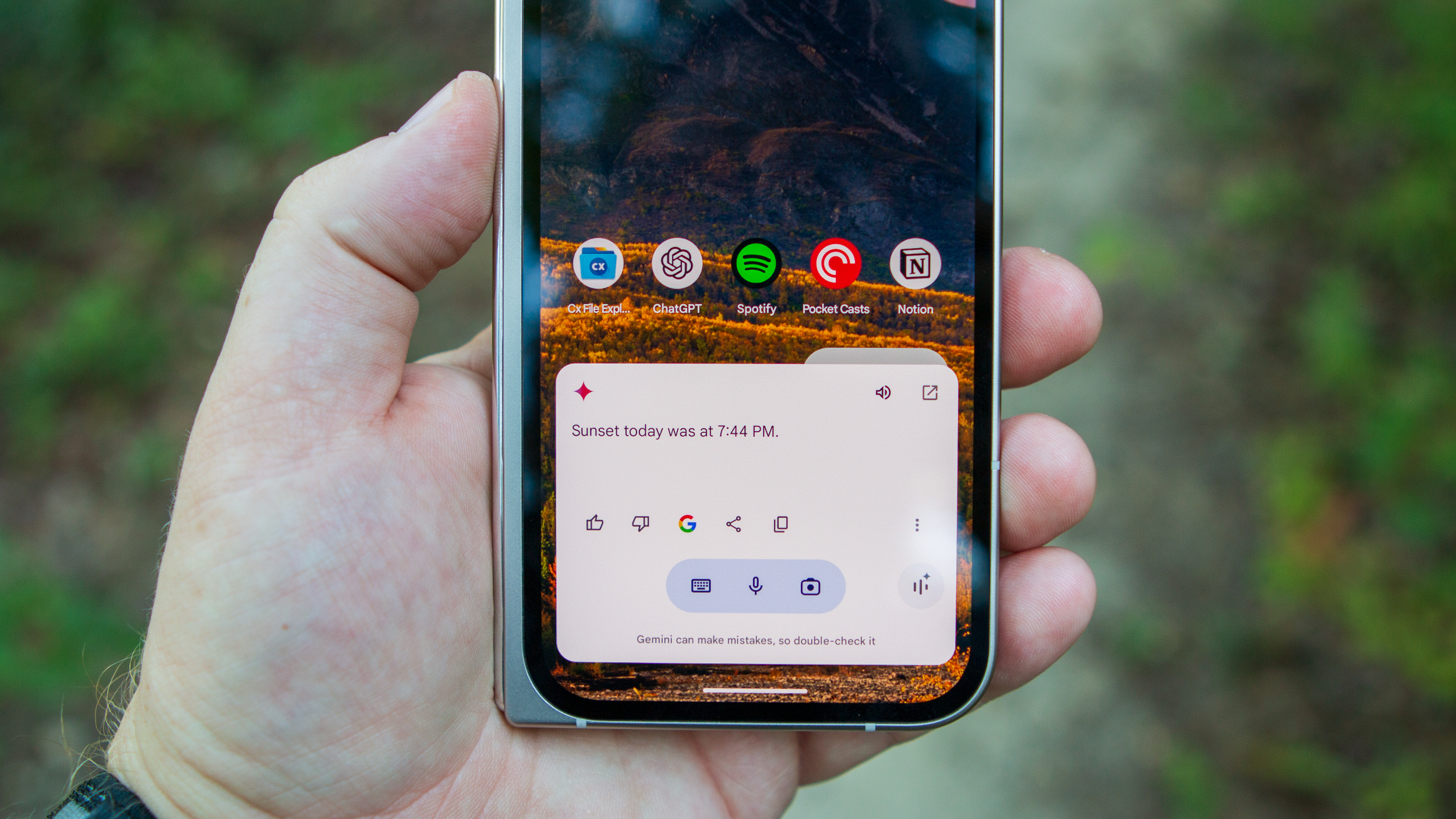
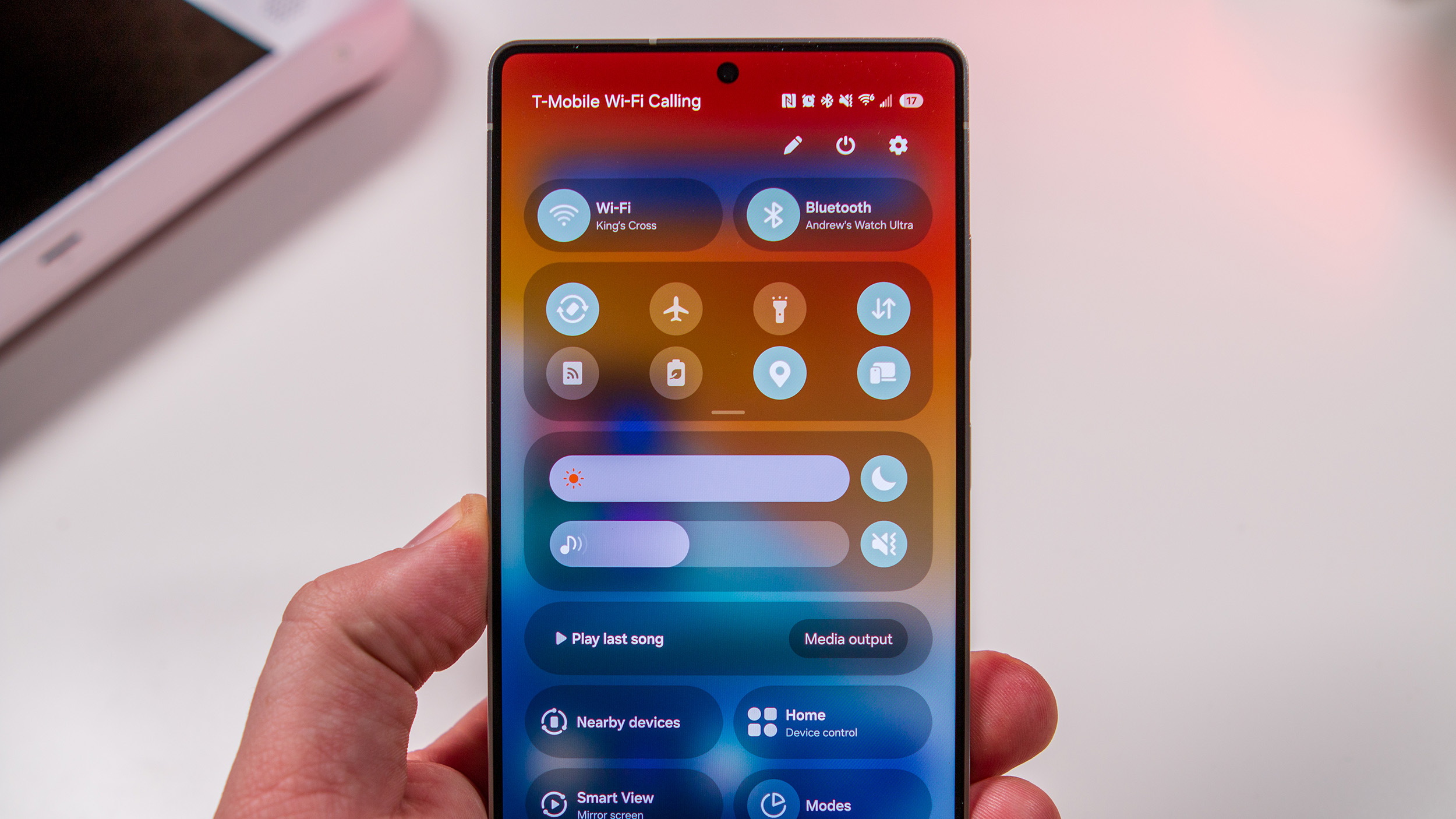
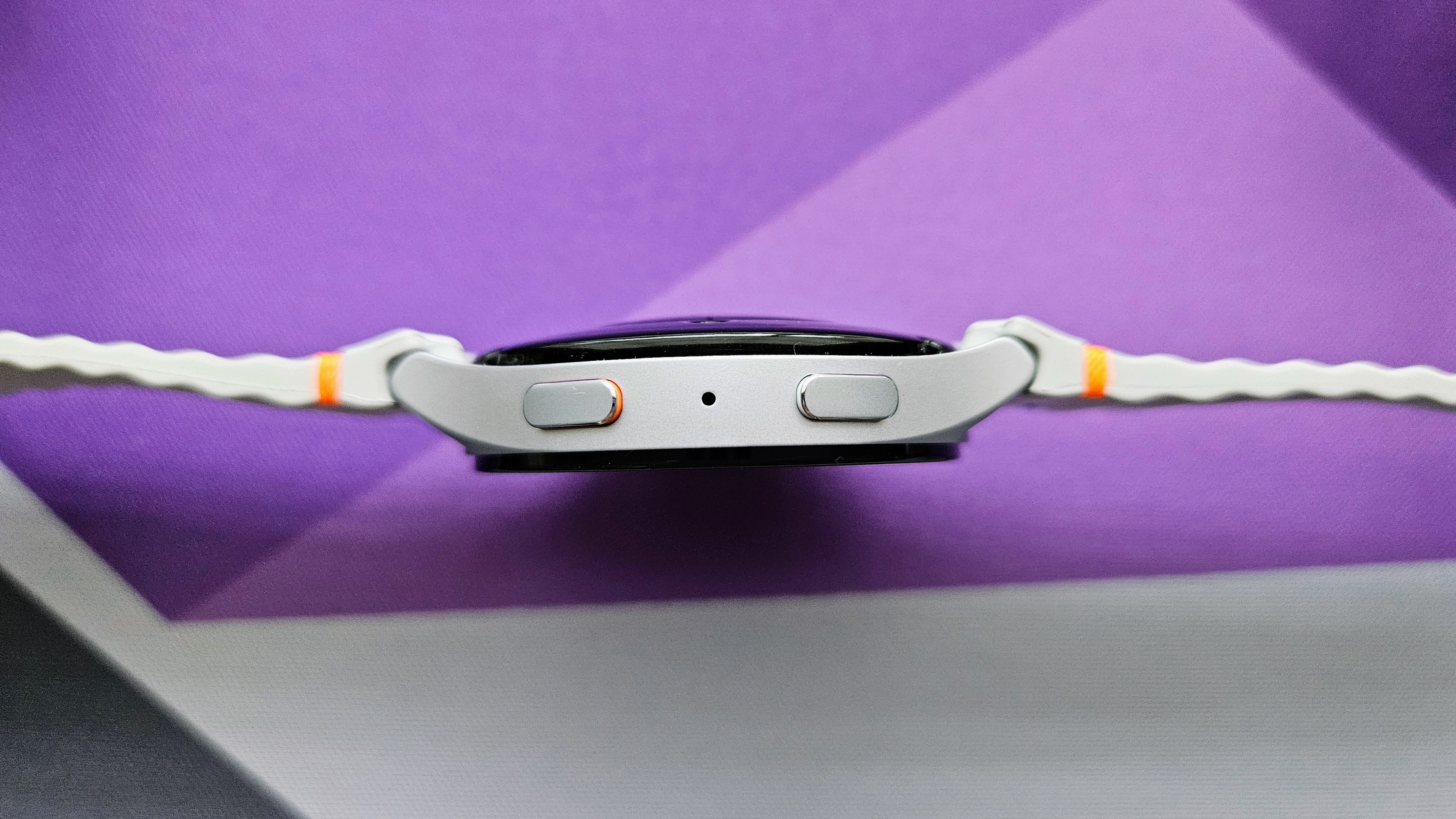
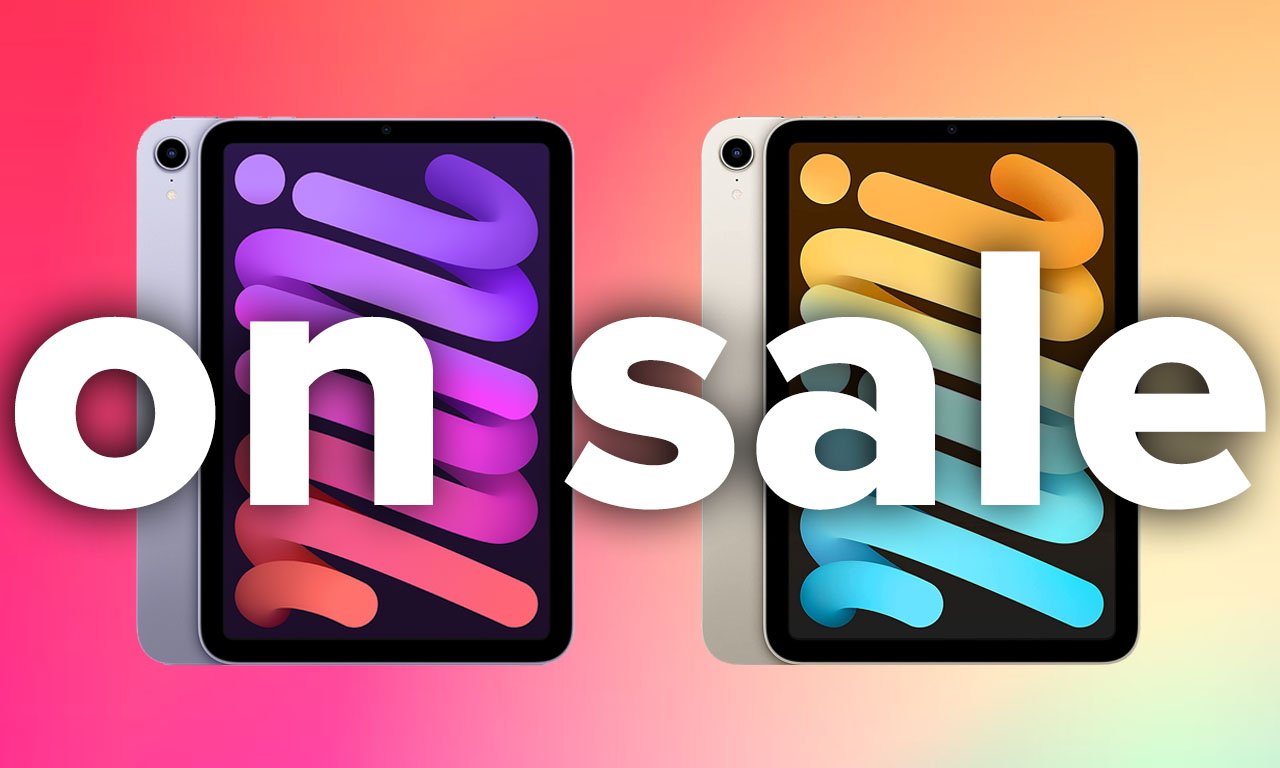



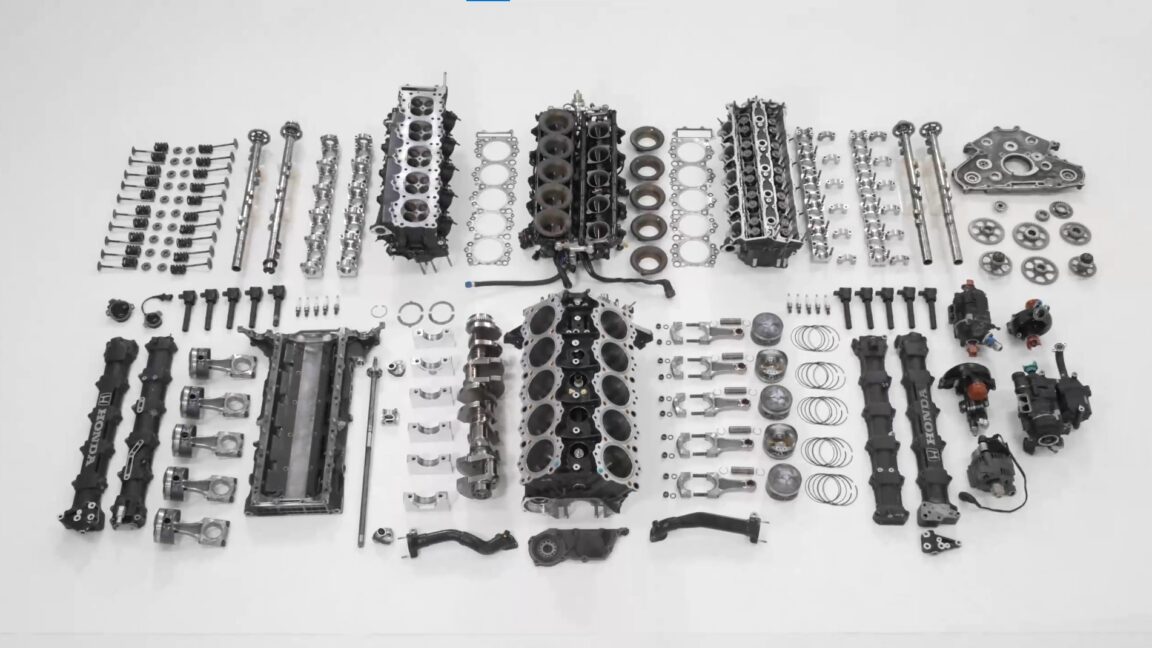

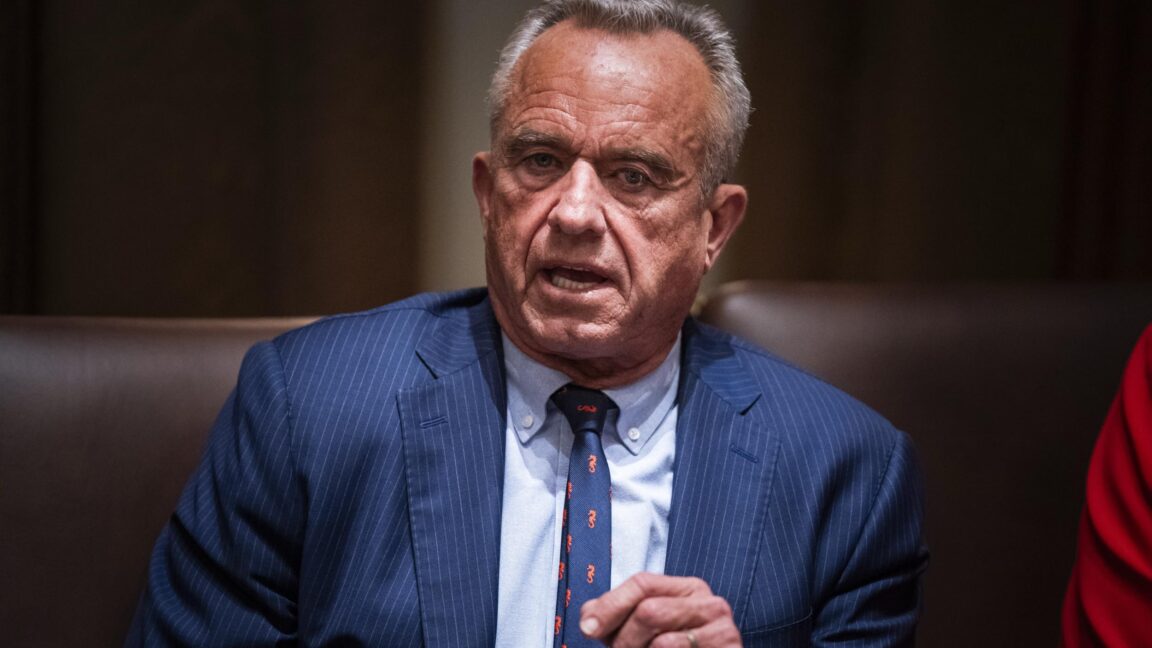




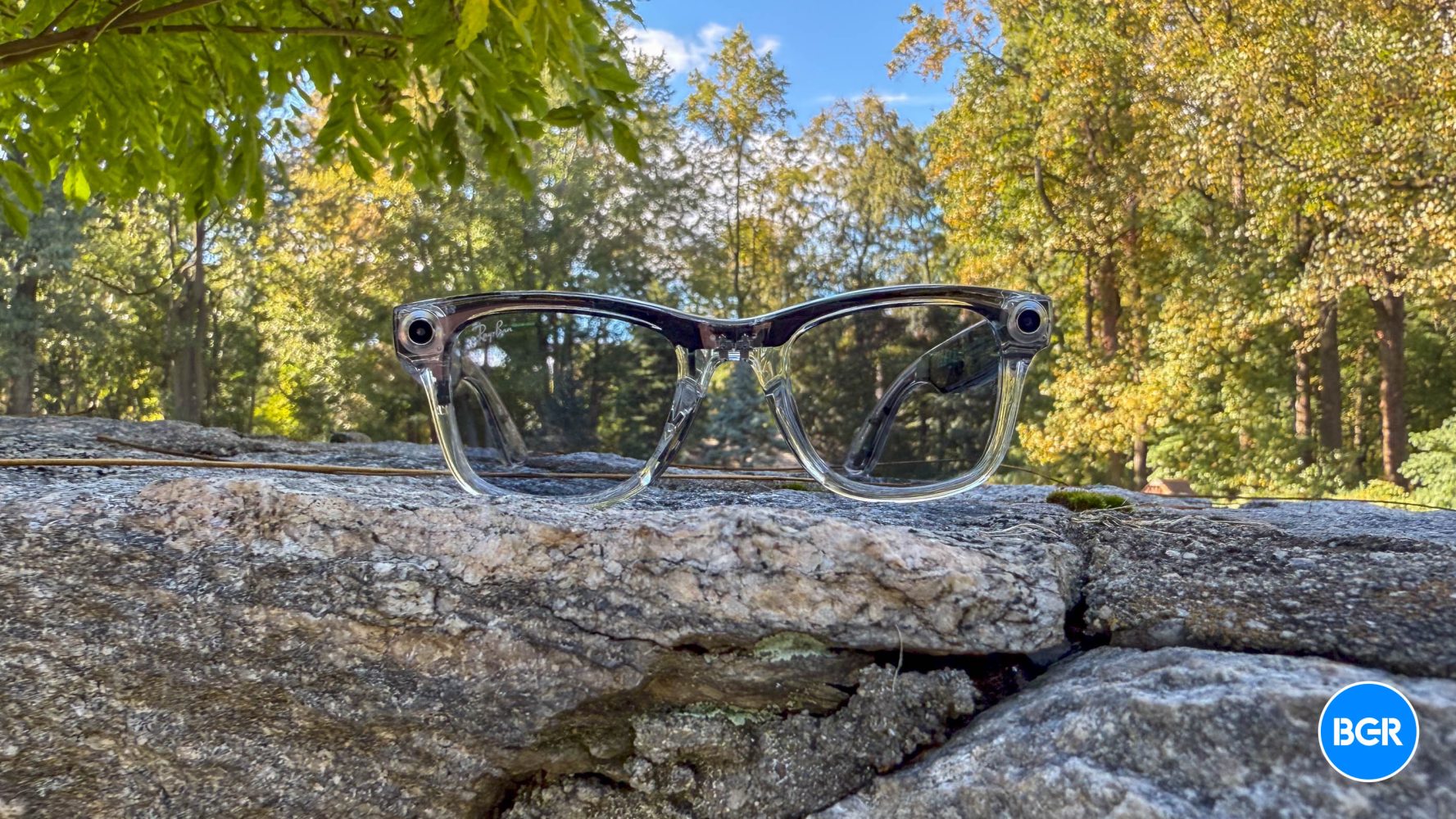

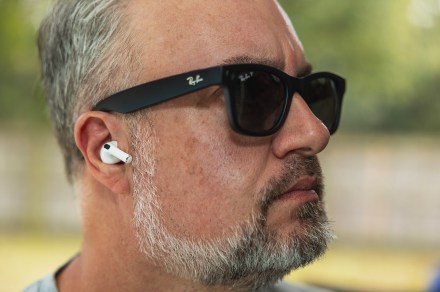















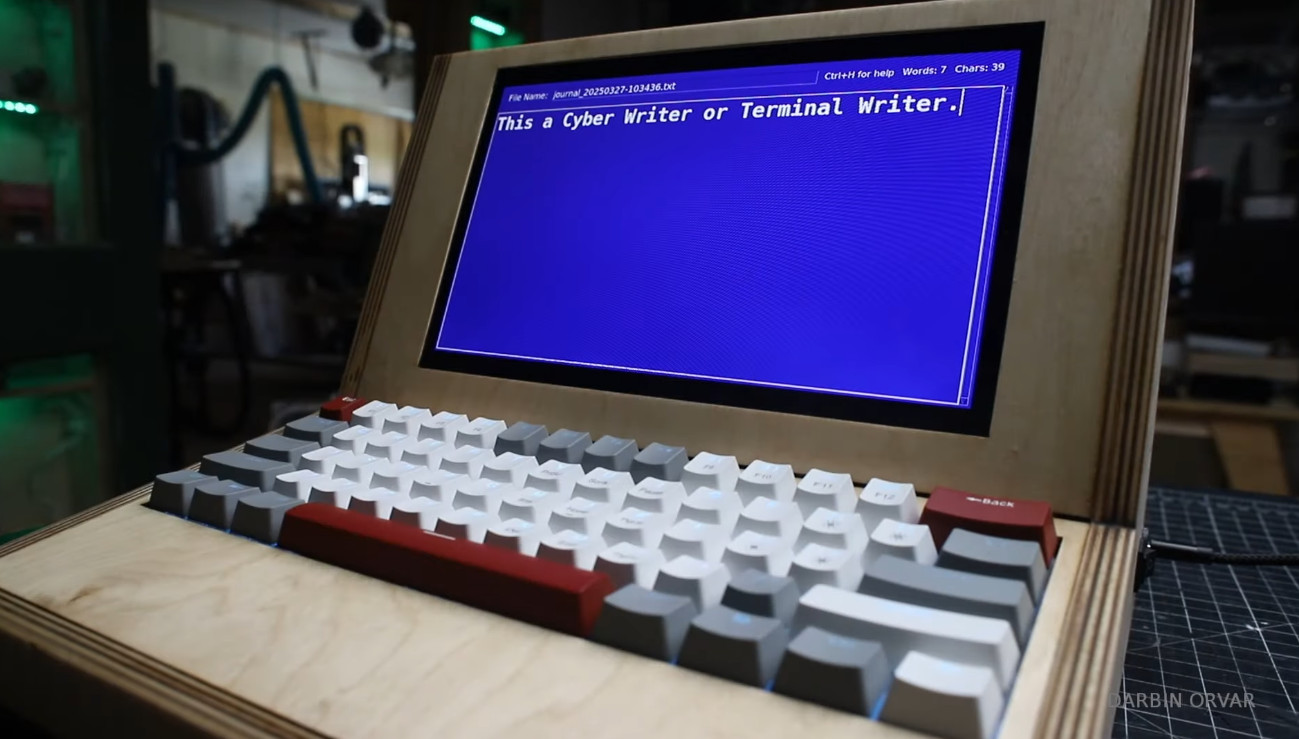
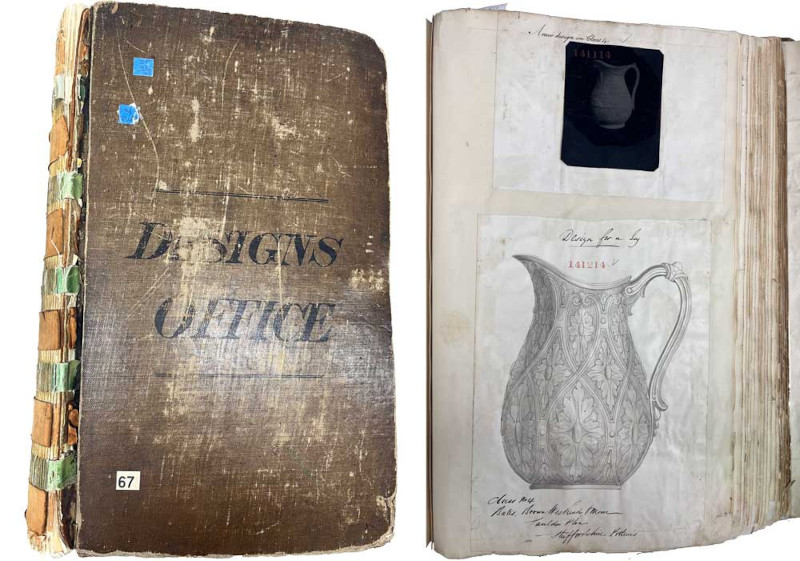
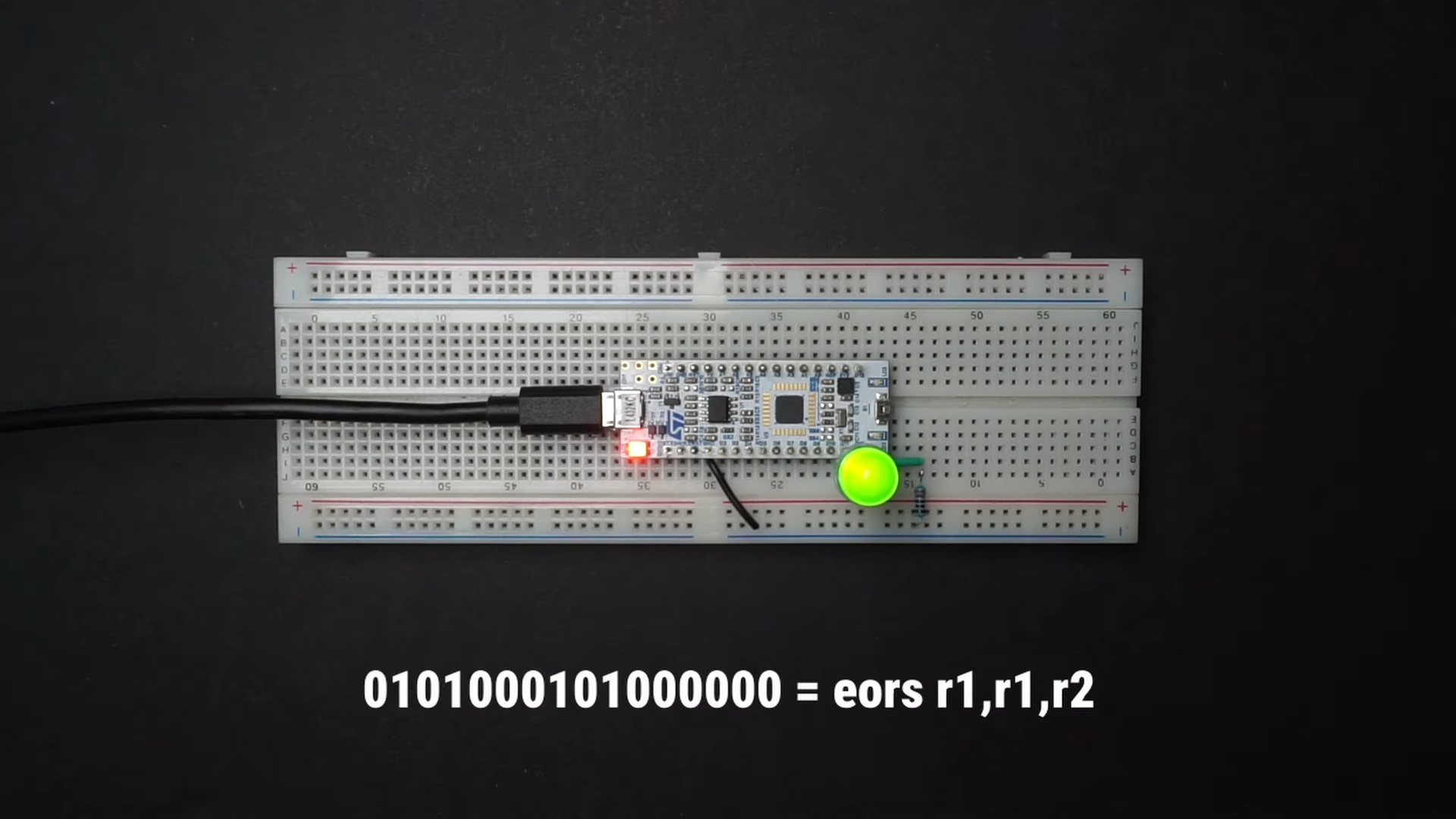
















































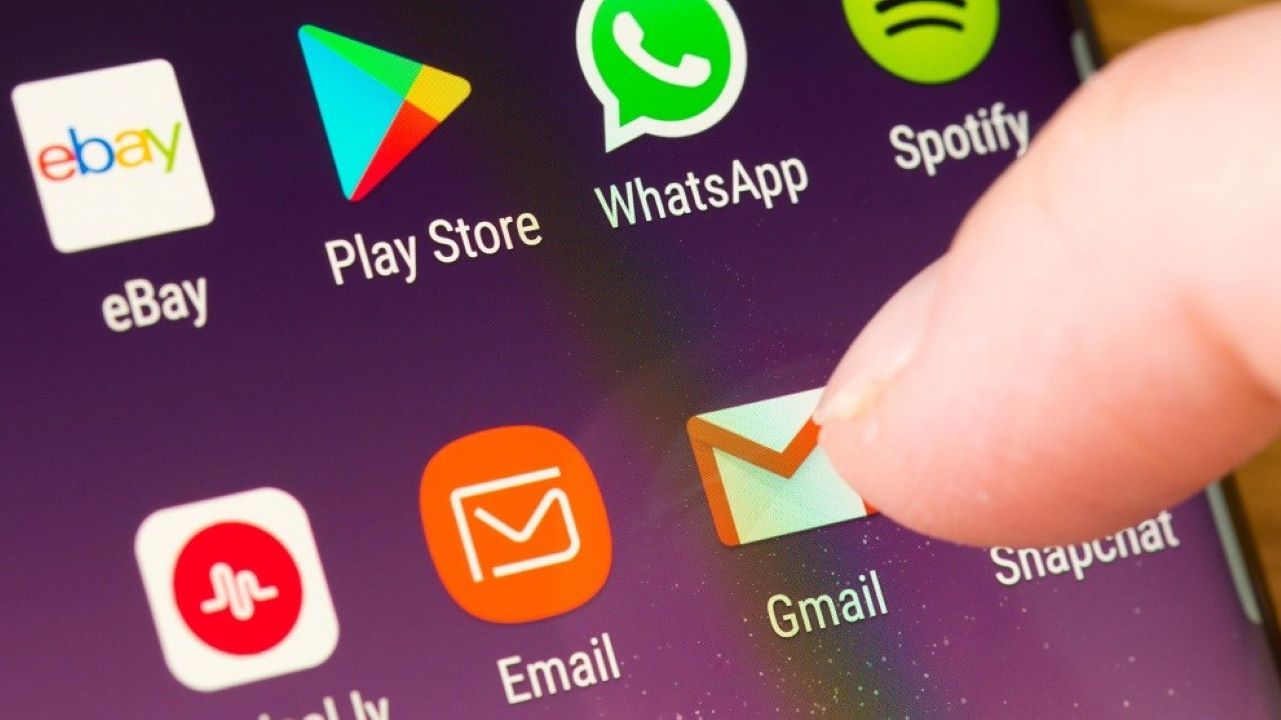












































































![[The AI Show Episode 142]: ChatGPT’s New Image Generator, Studio Ghibli Craze and Backlash, Gemini 2.5, OpenAI Academy, 4o Updates, Vibe Marketing & xAI Acquires X](https://www.marketingaiinstitute.com/hubfs/ep%20142%20cover.png)
























































































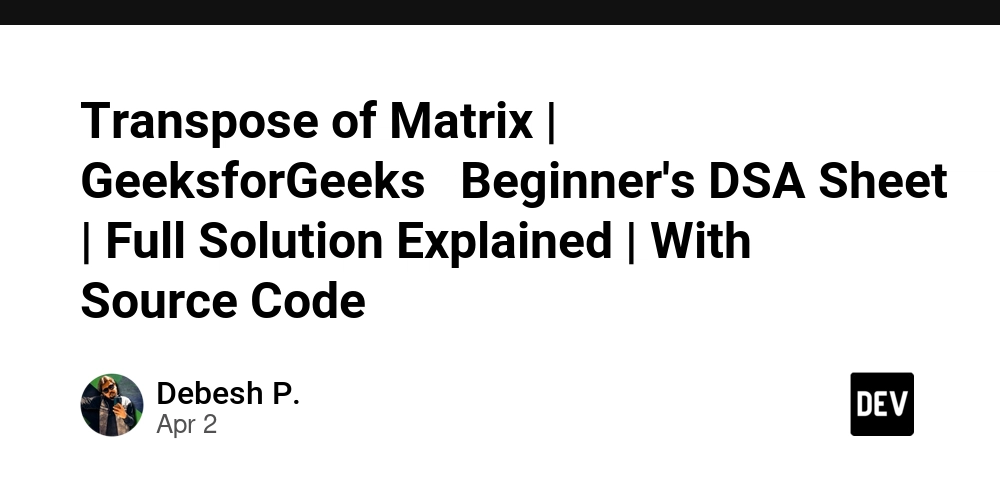




















![Is this a suitable approach to architect a flutter app? [closed]](https://i.sstatic.net/4hMHGb1L.png)








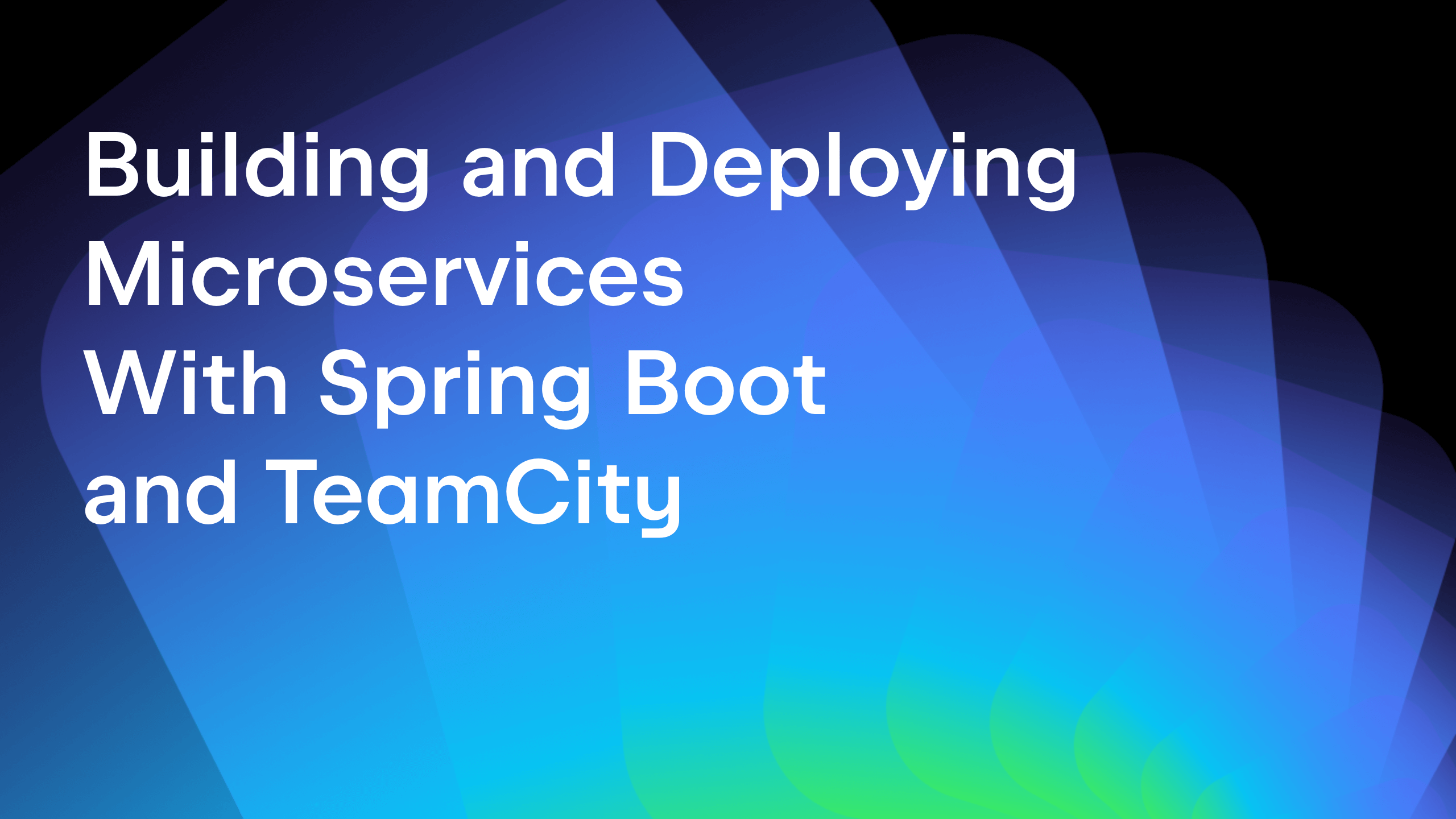
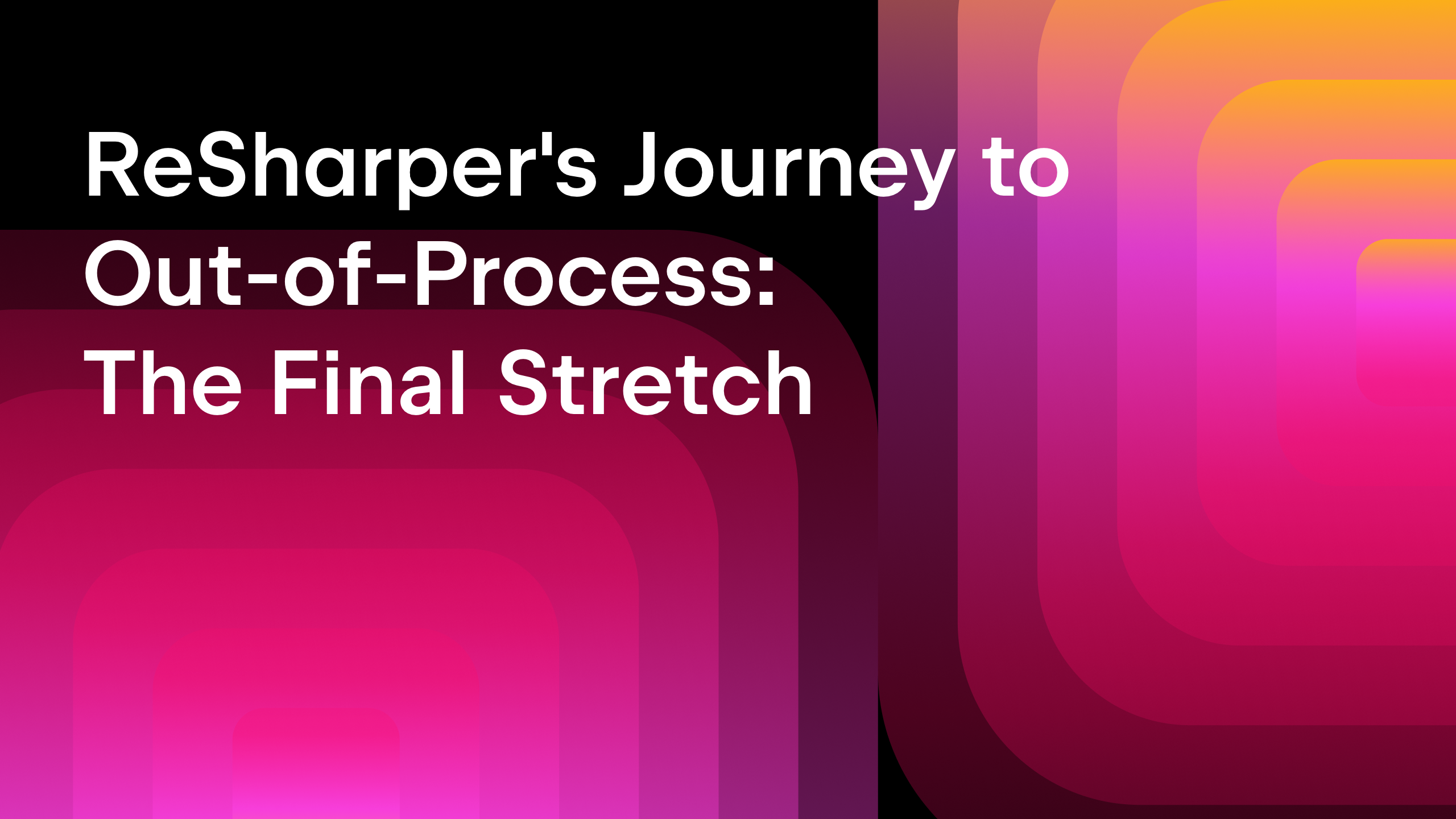






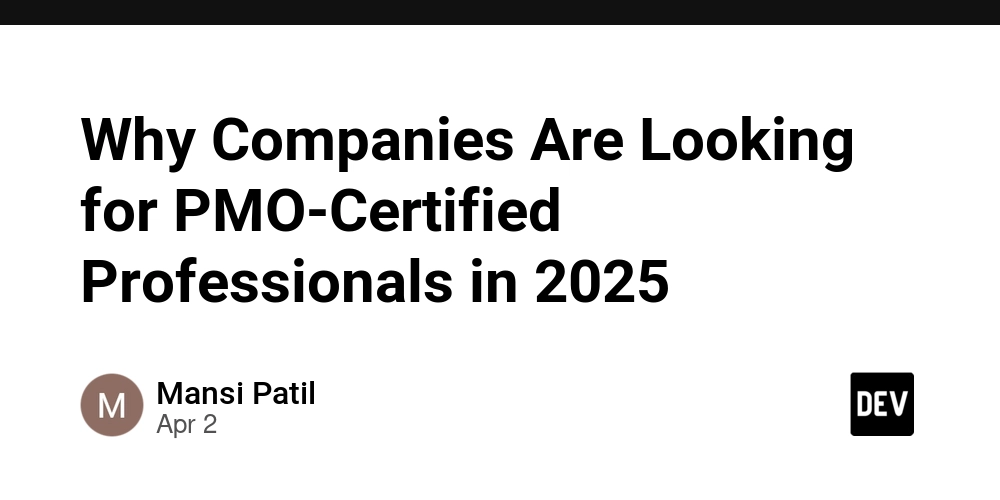


![From broke musician to working dev. How college drop-out Ryan Furrer taught himself to code [Podcast #166]](https://cdn.hashnode.com/res/hashnode/image/upload/v1743189826063/2080cde4-6fc0-46fb-b98d-b3d59841e8c4.png?#)












